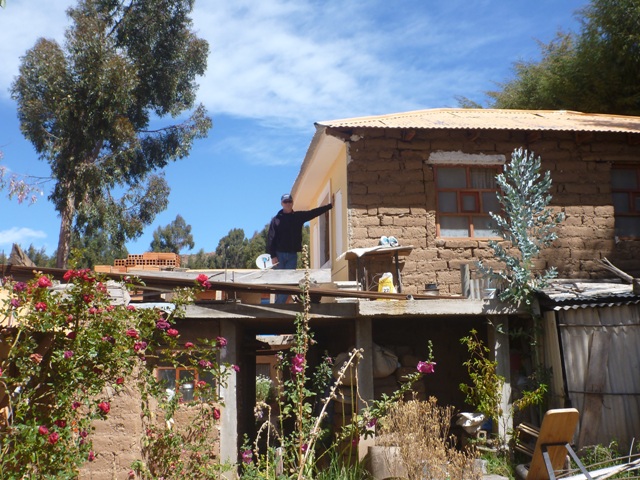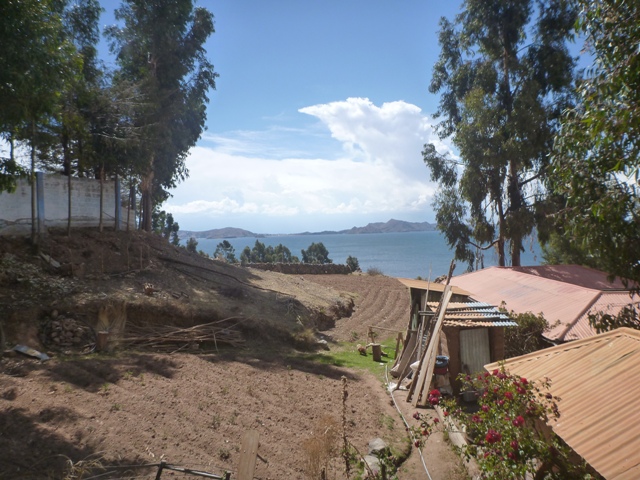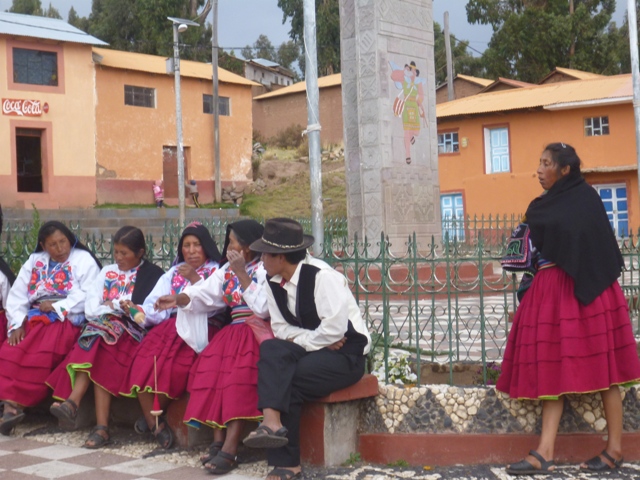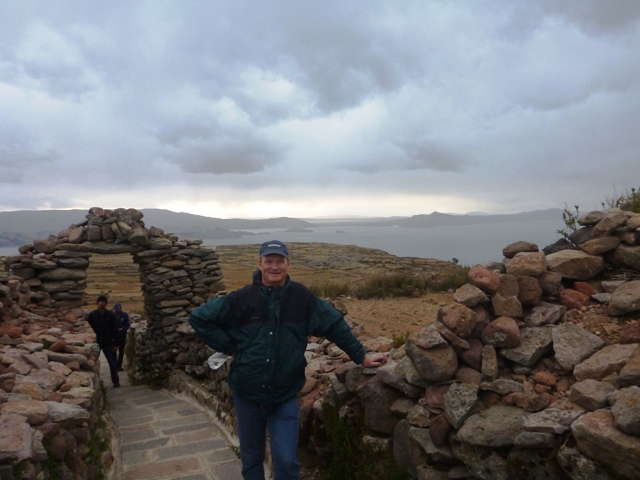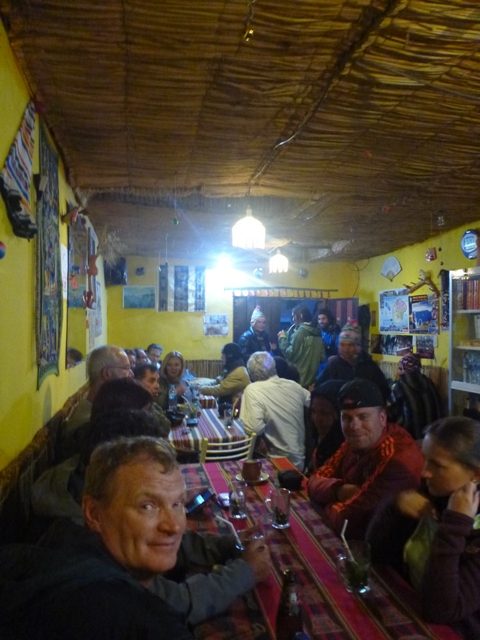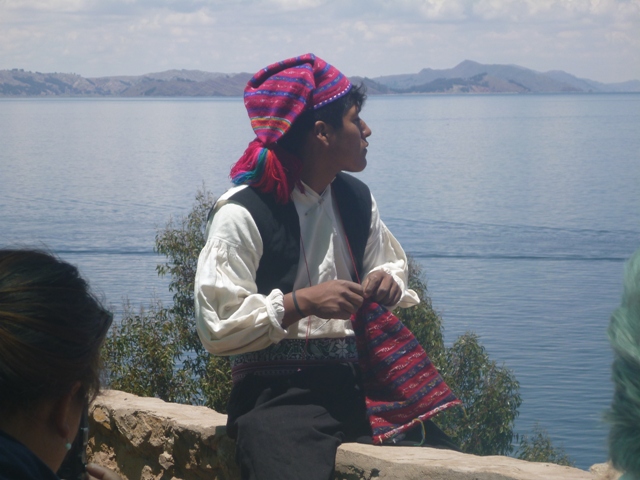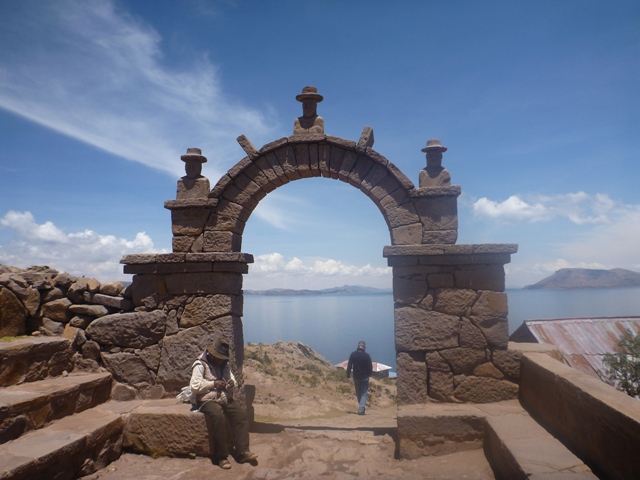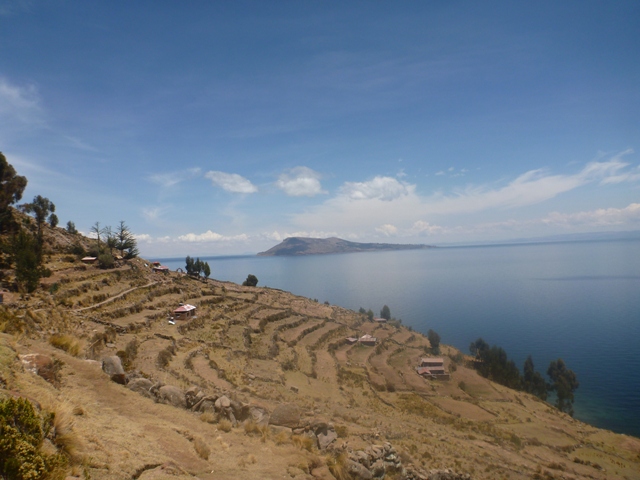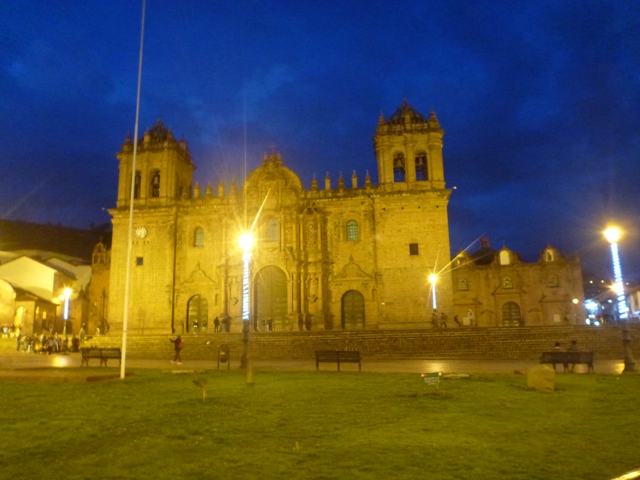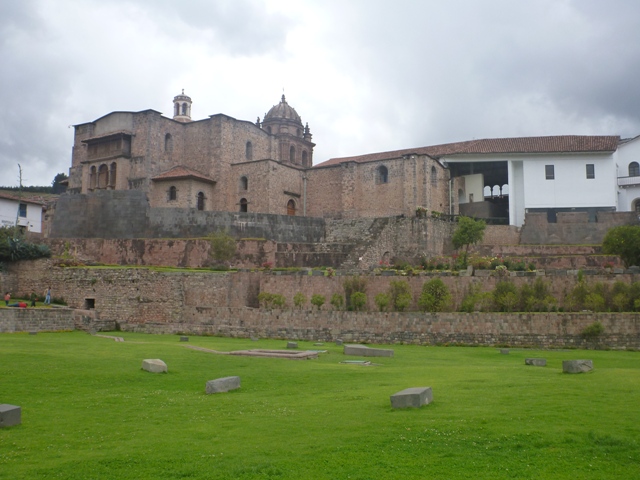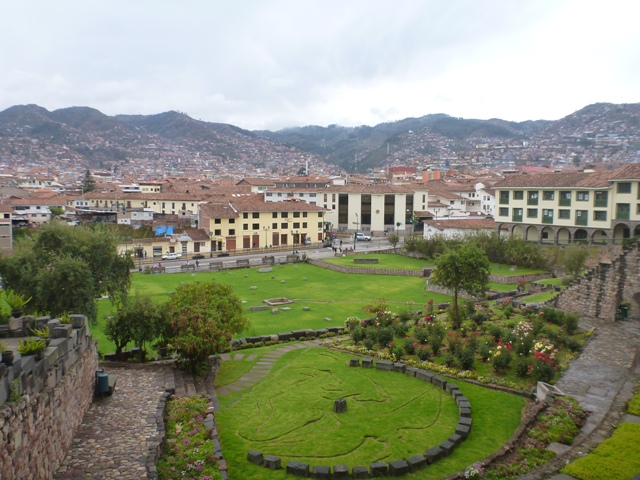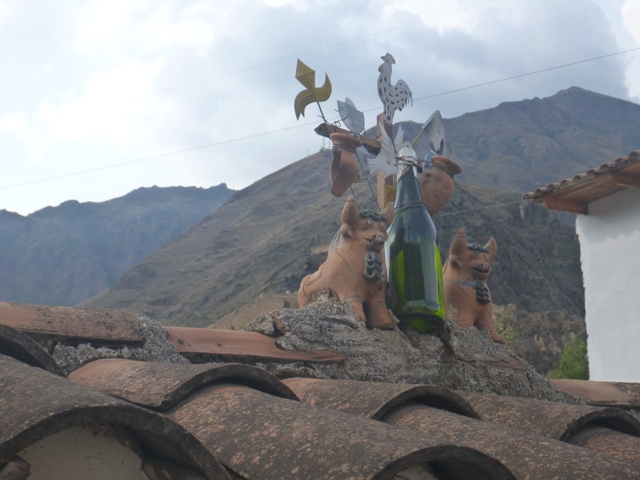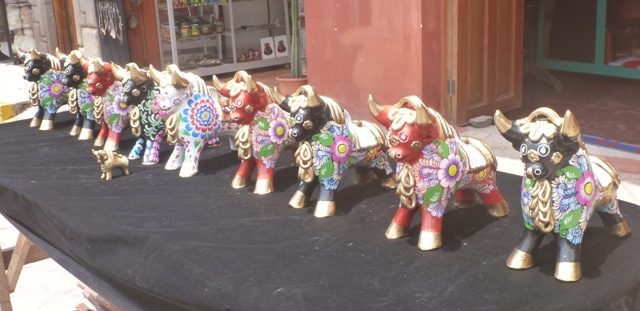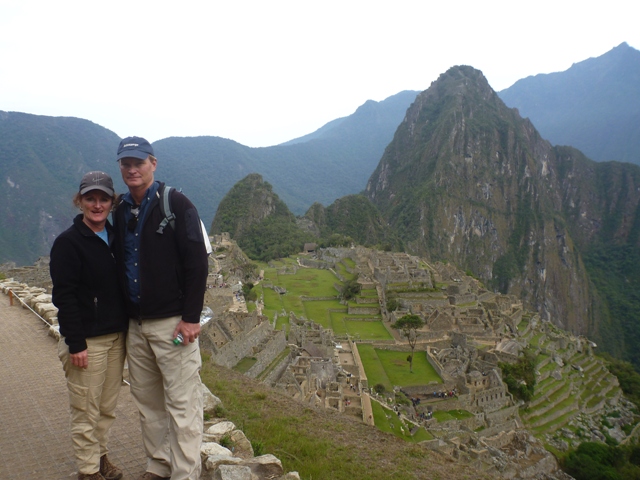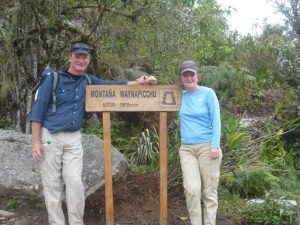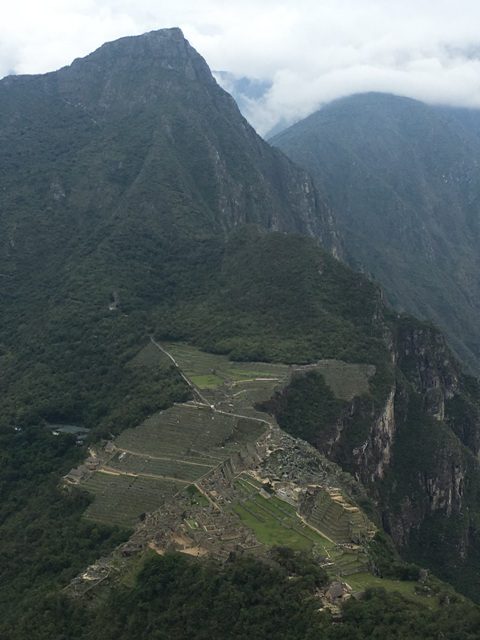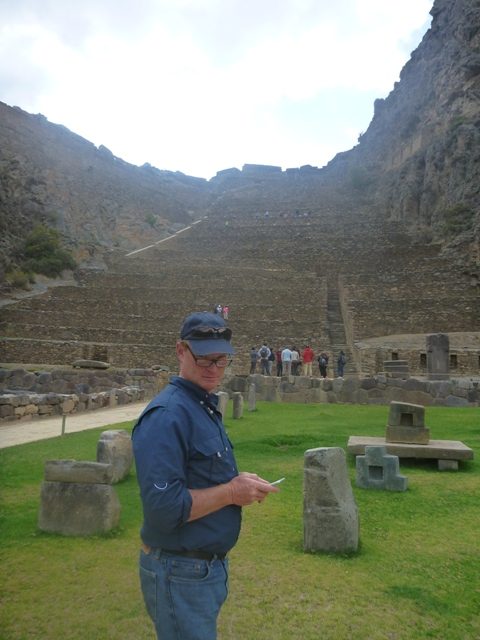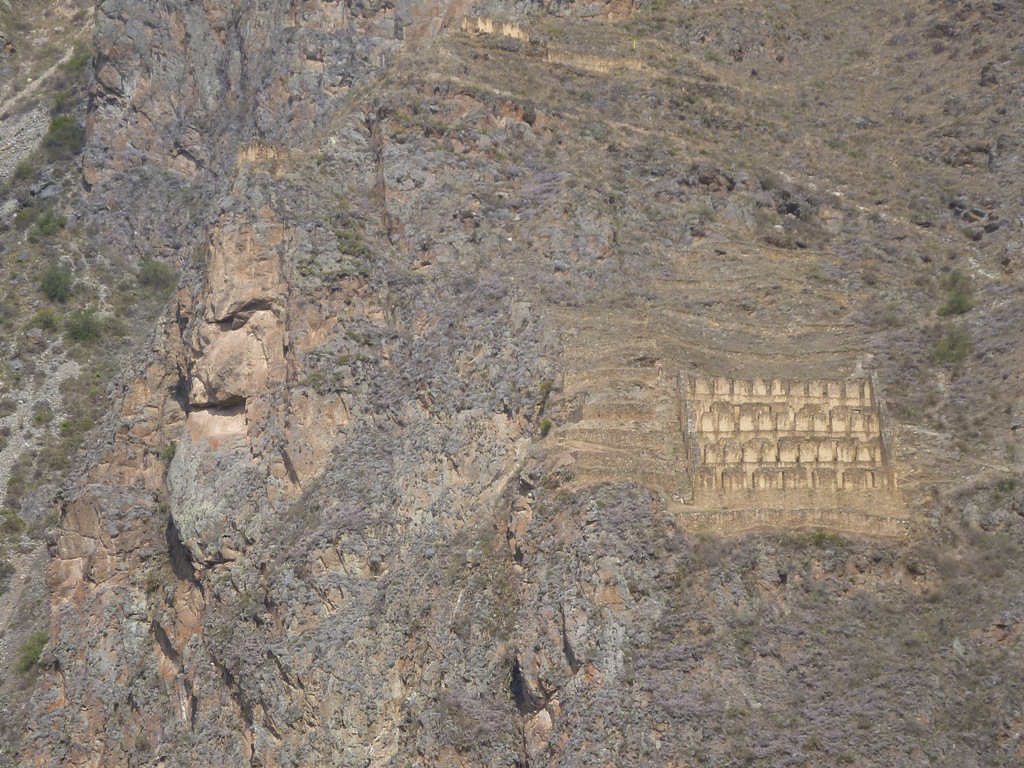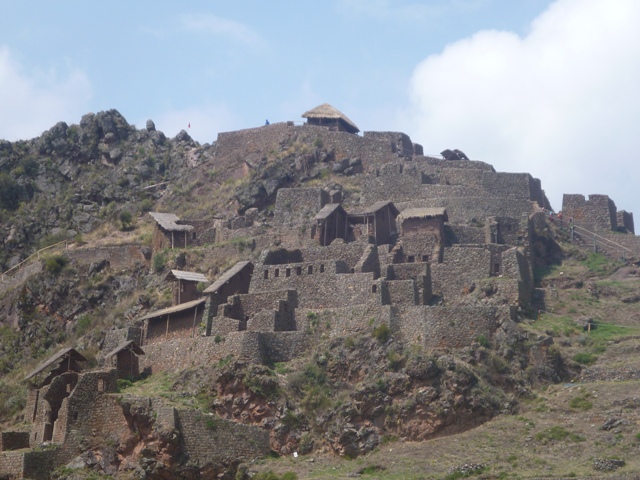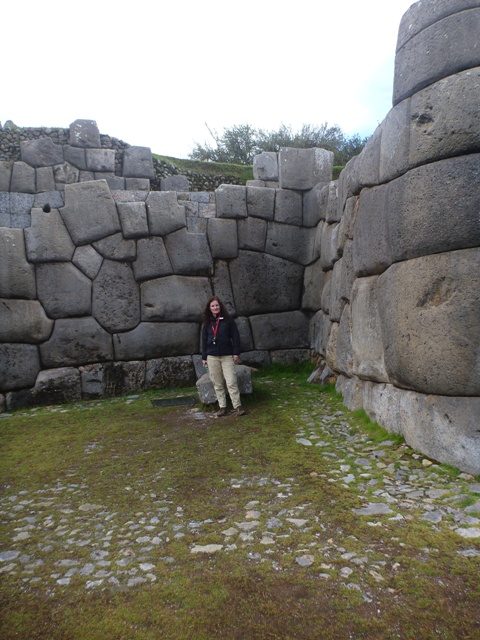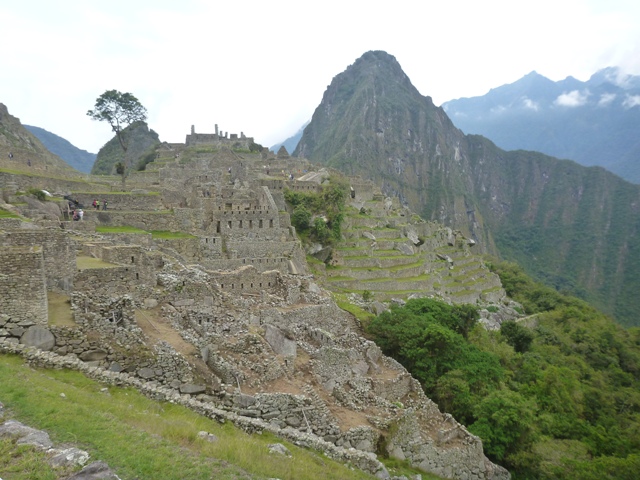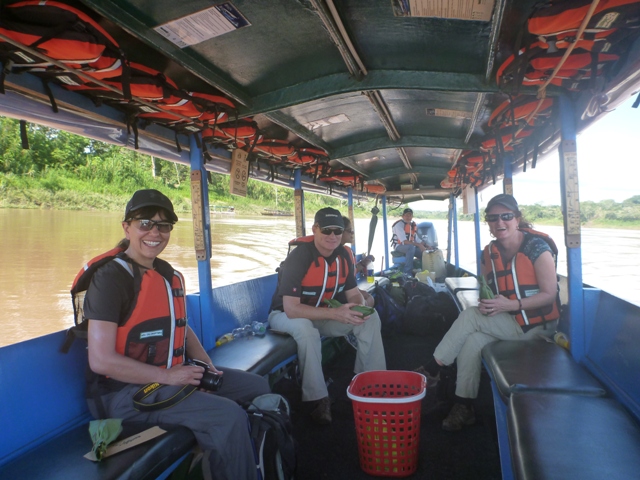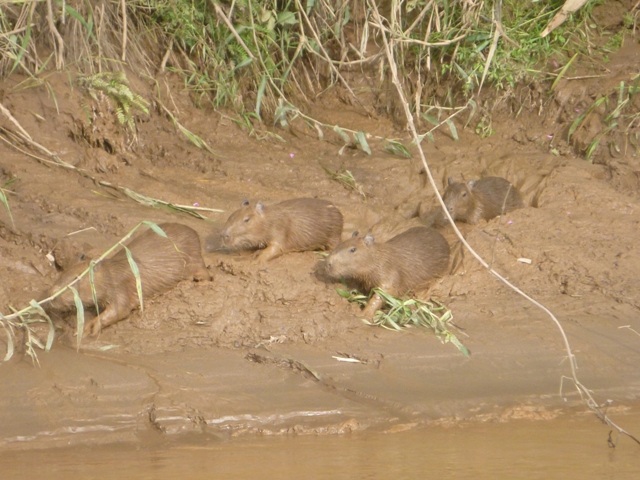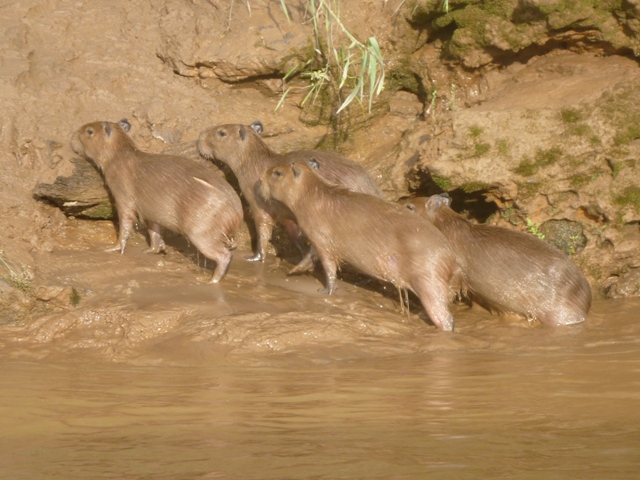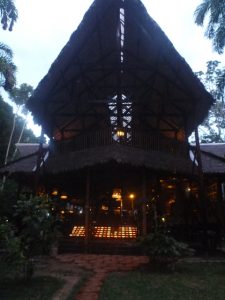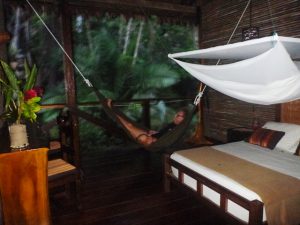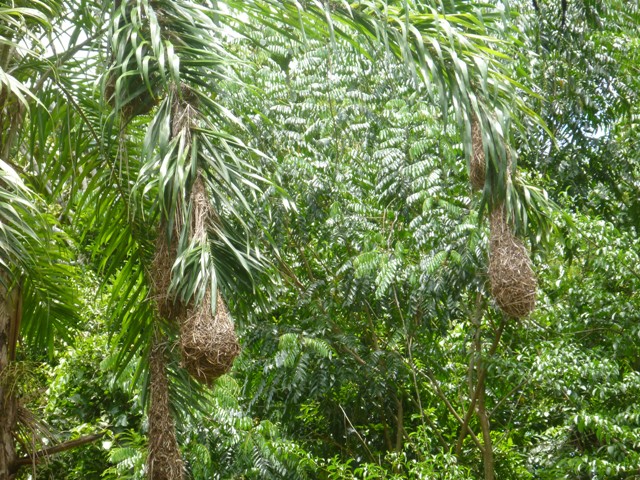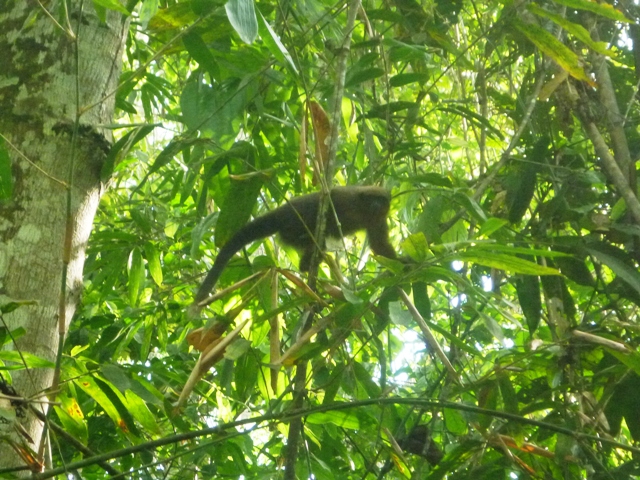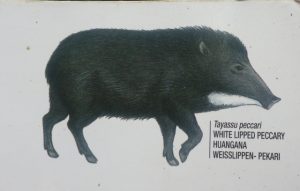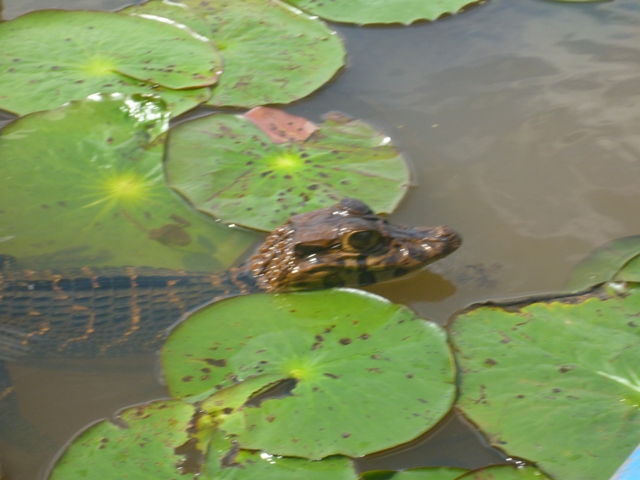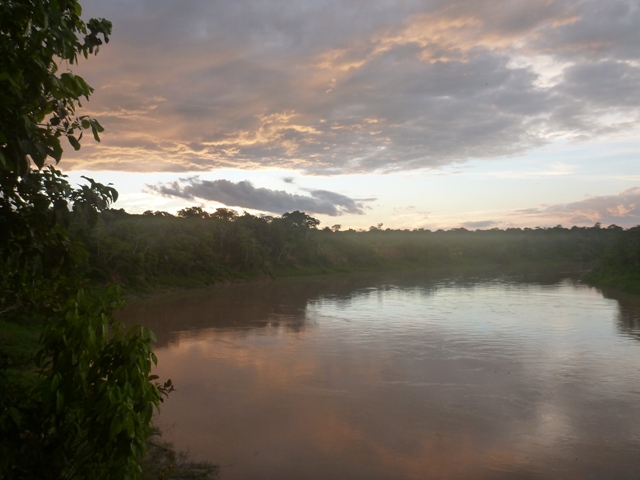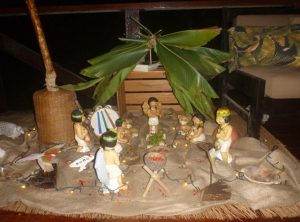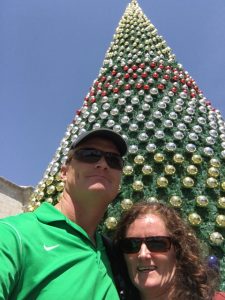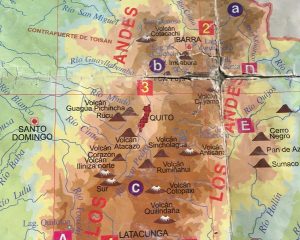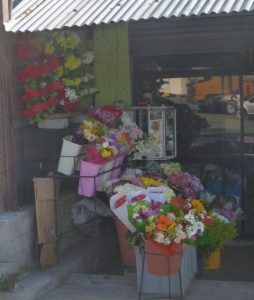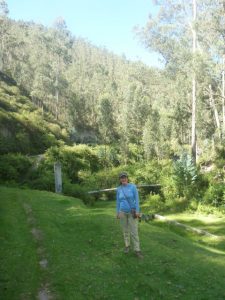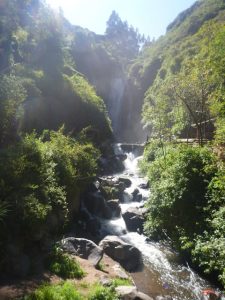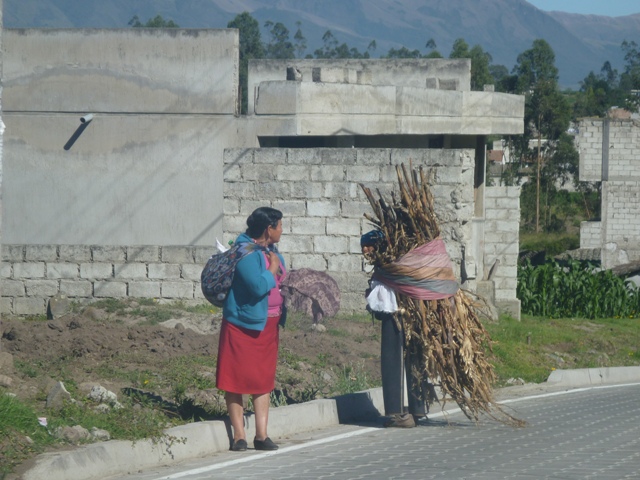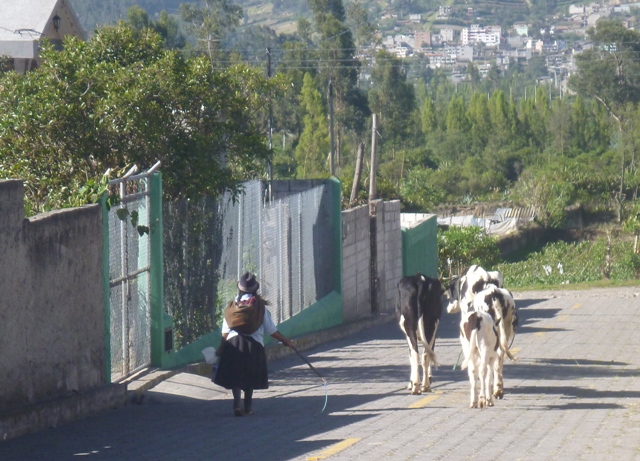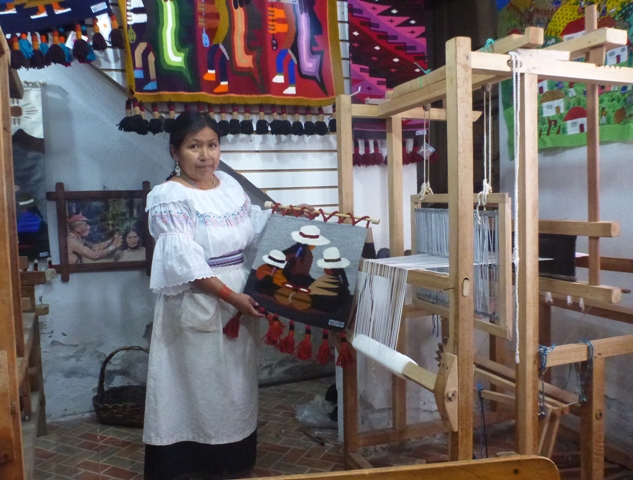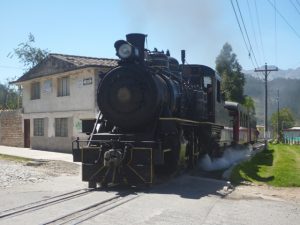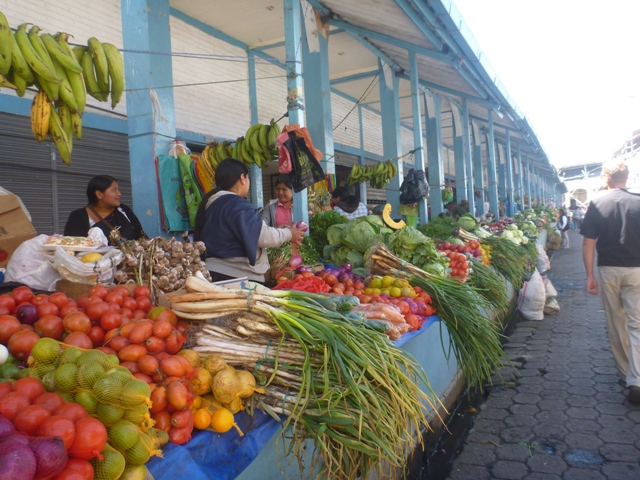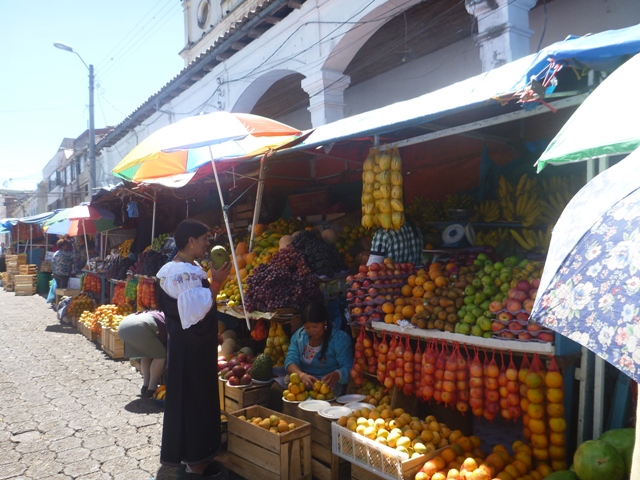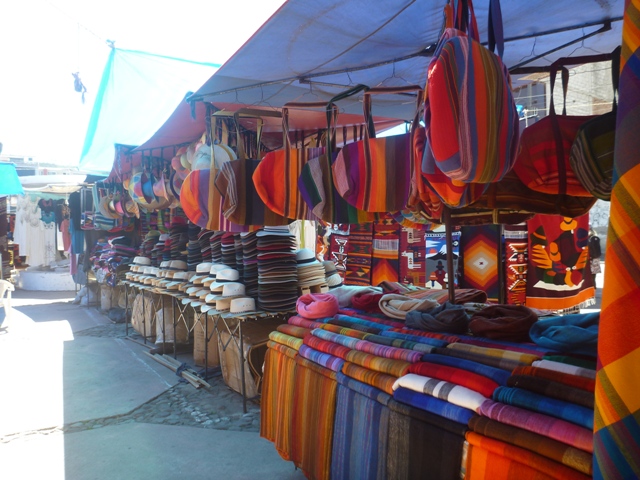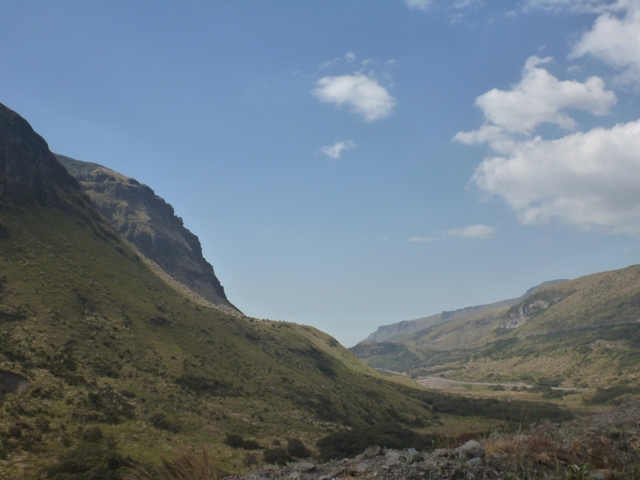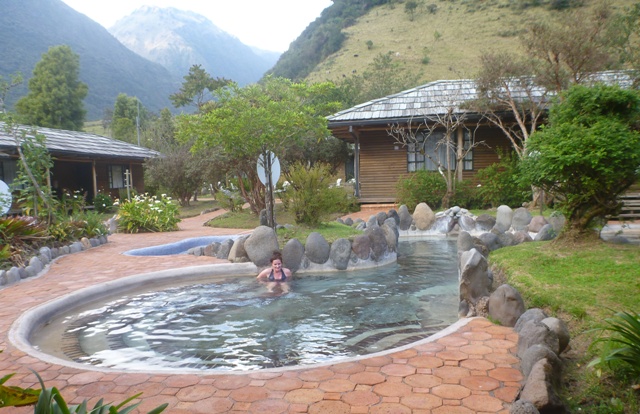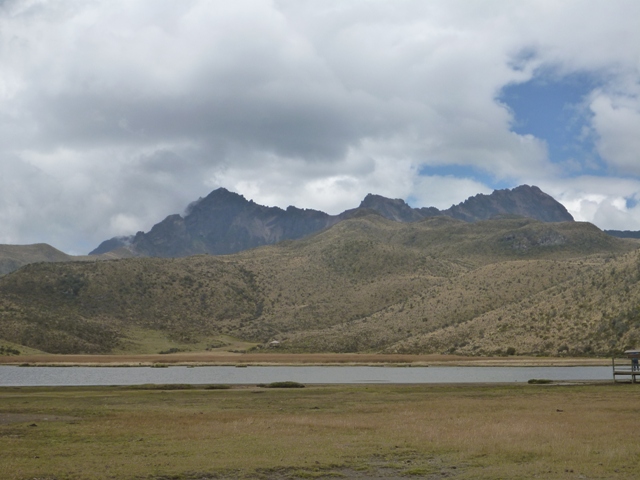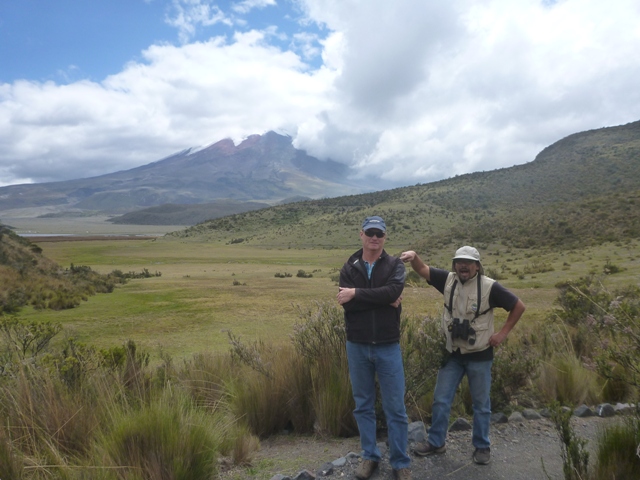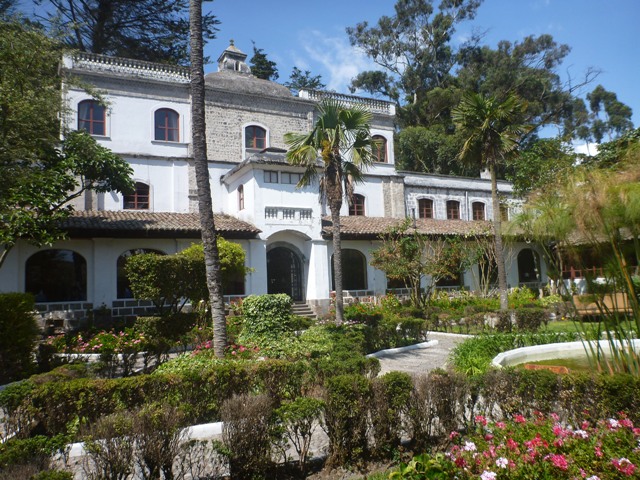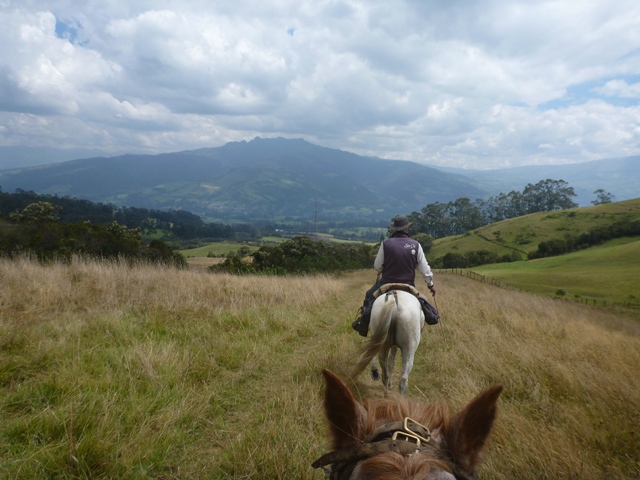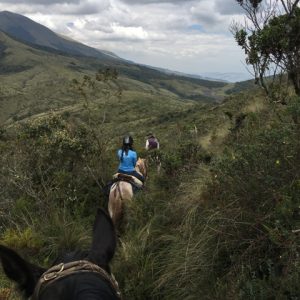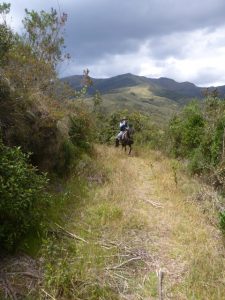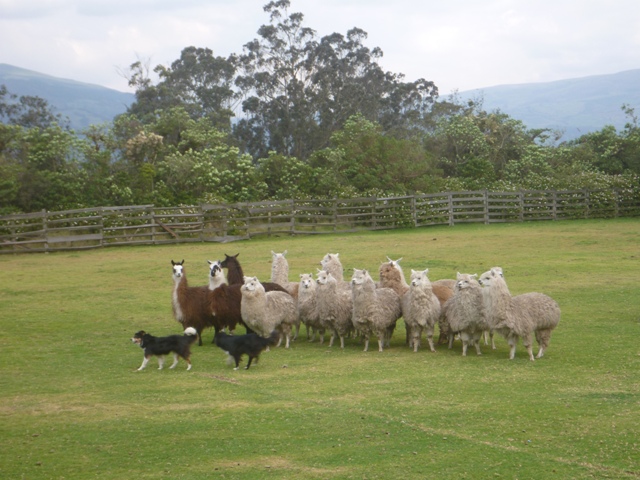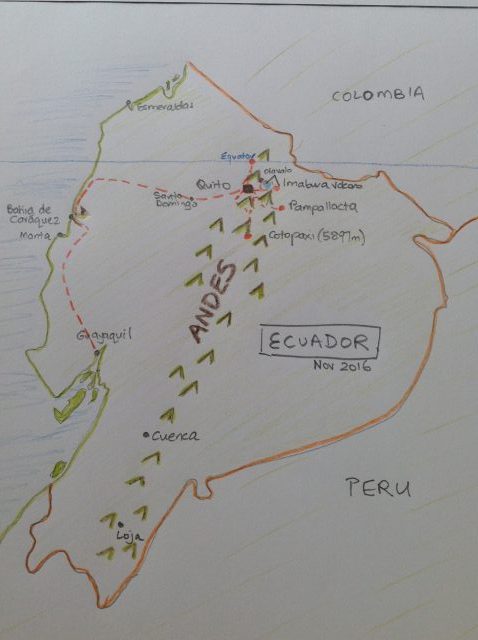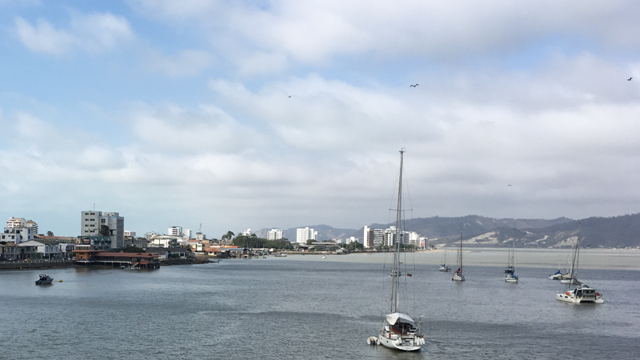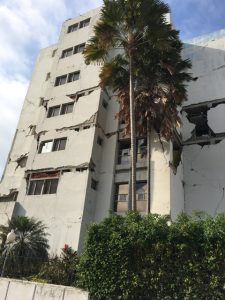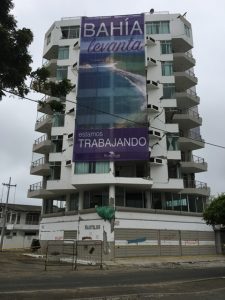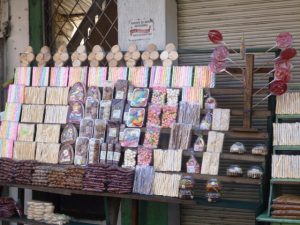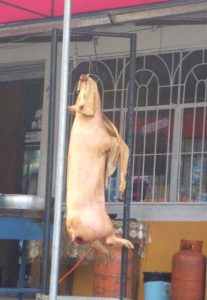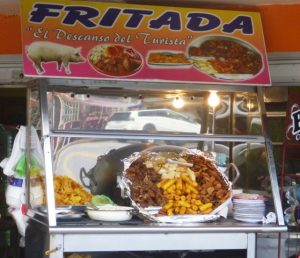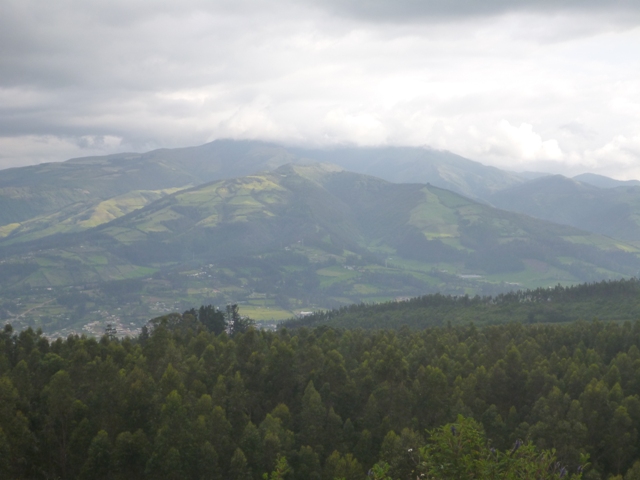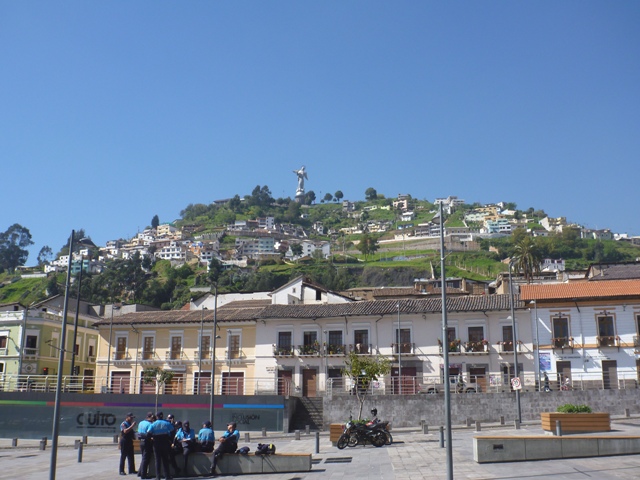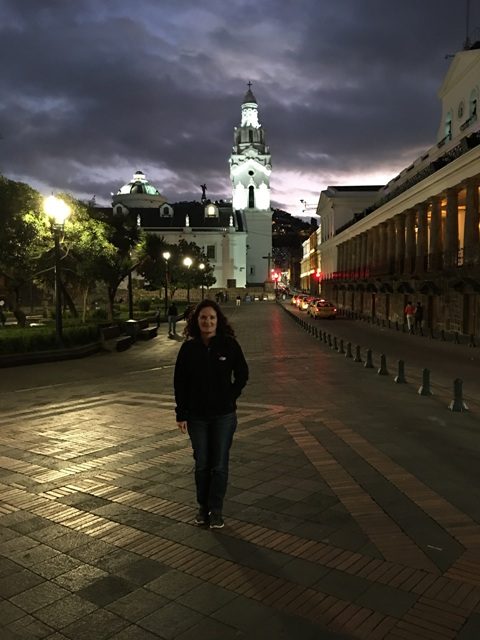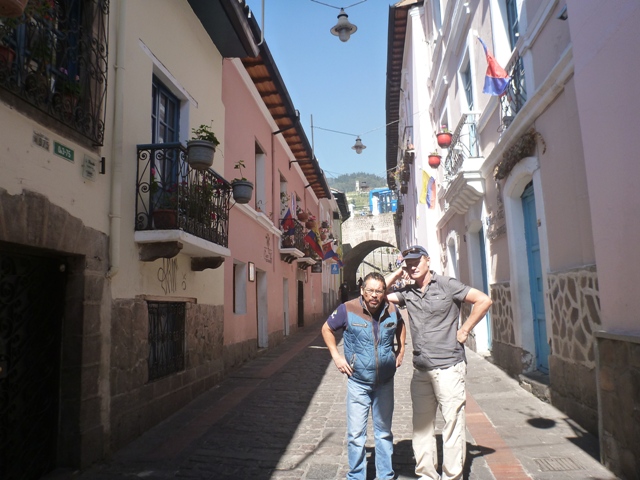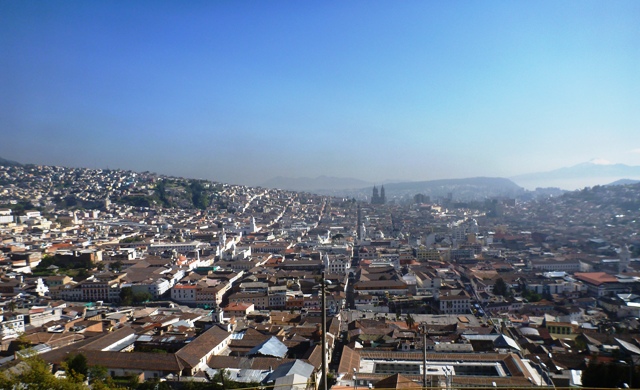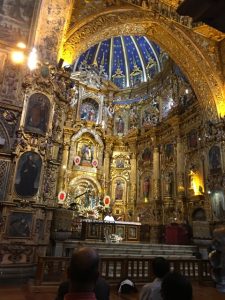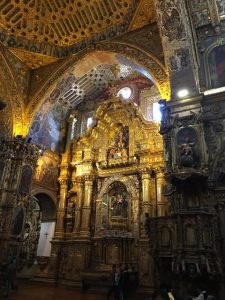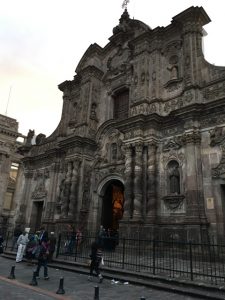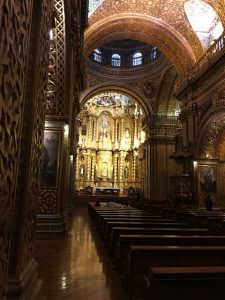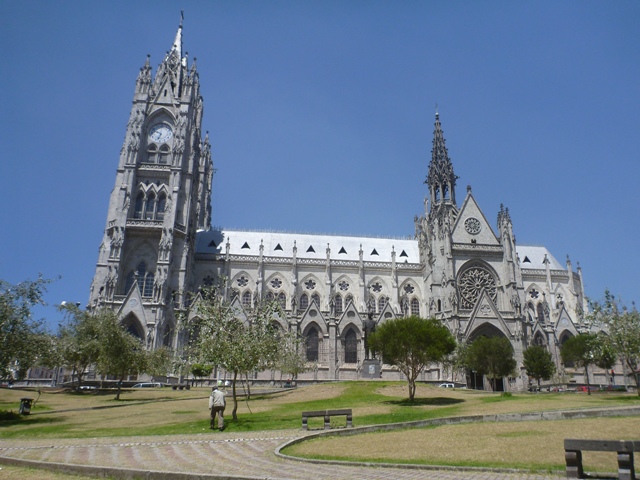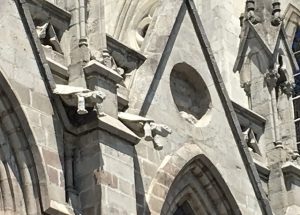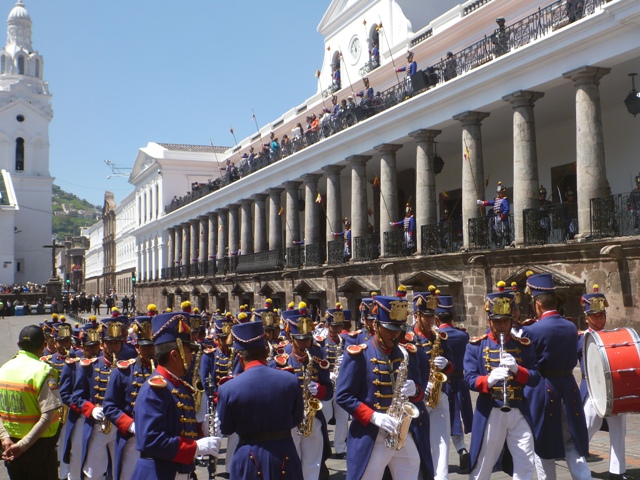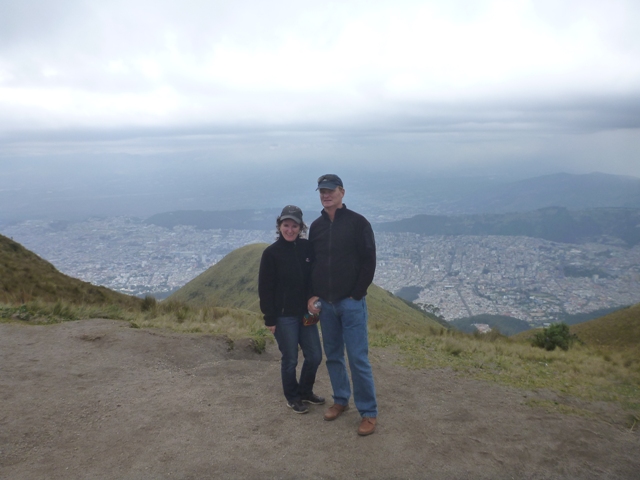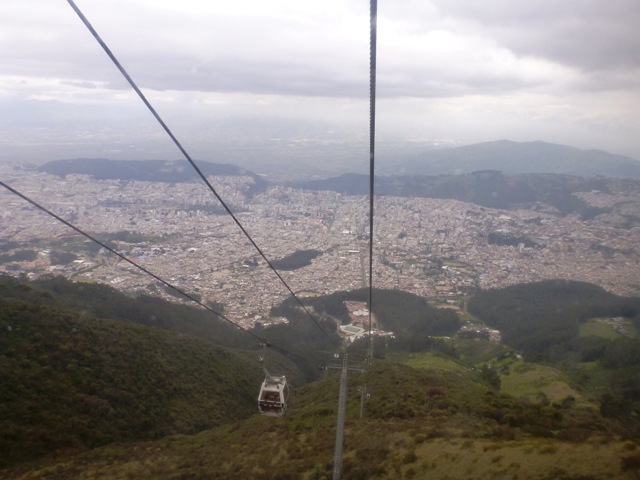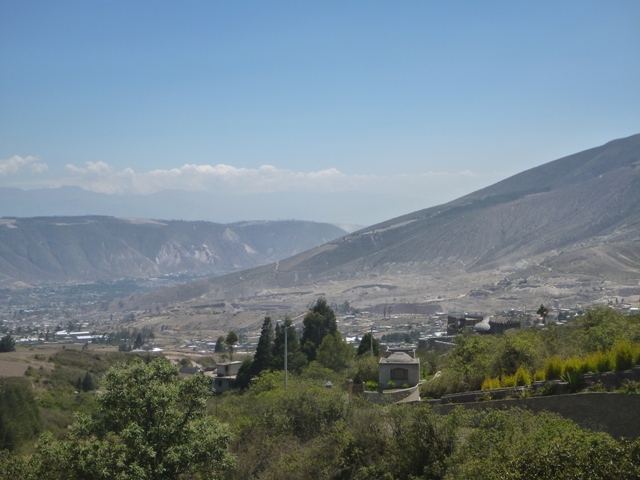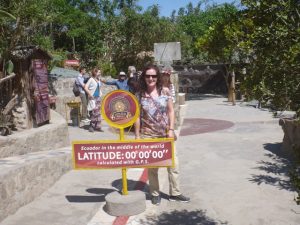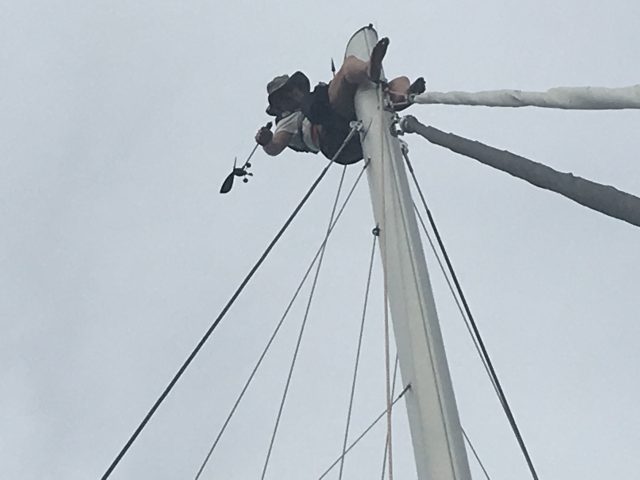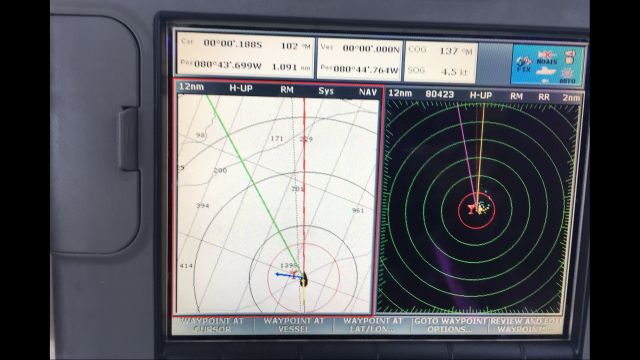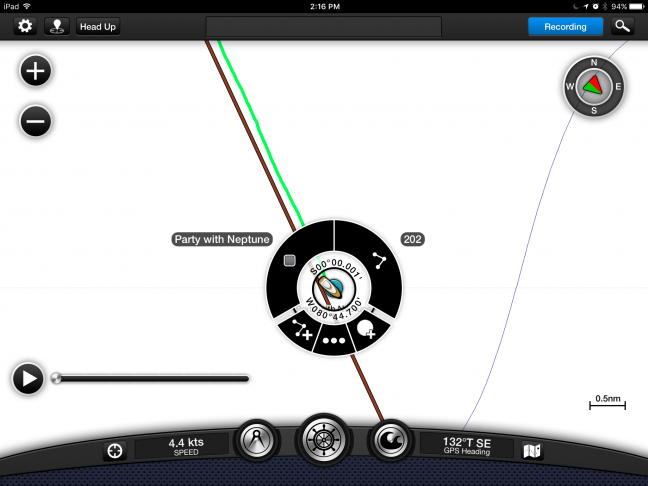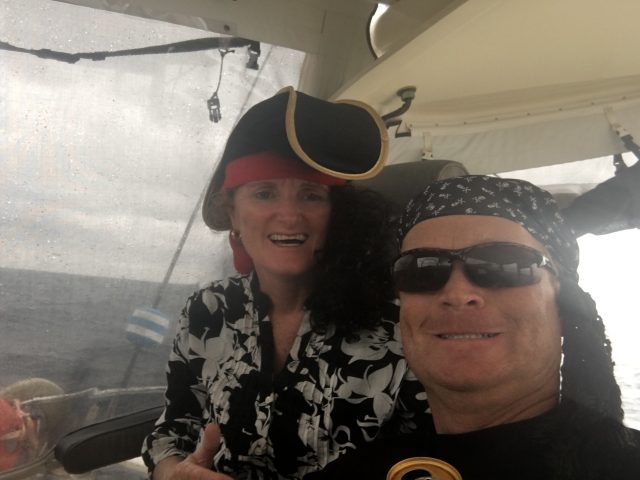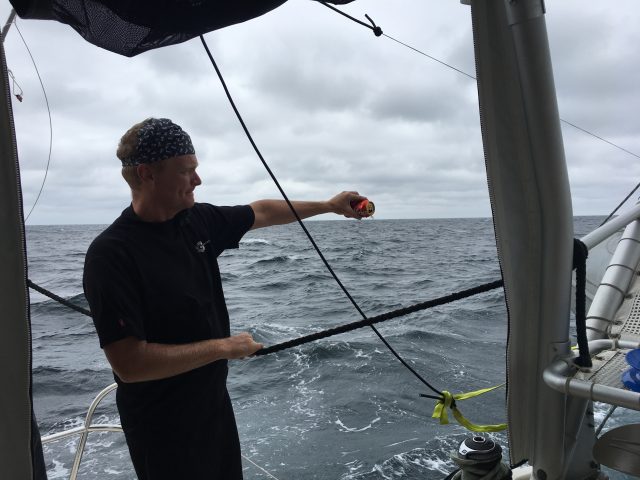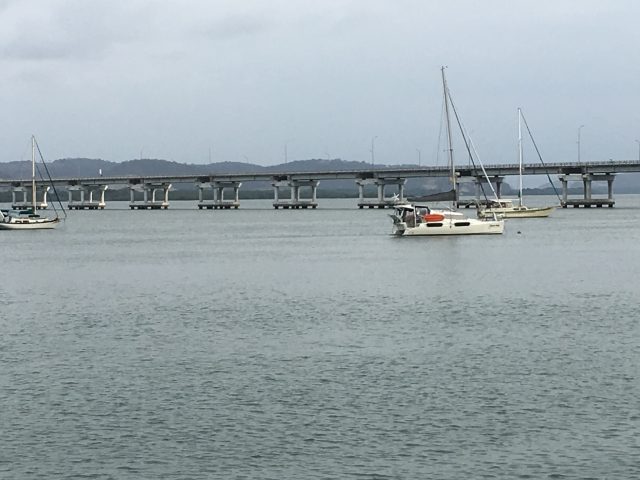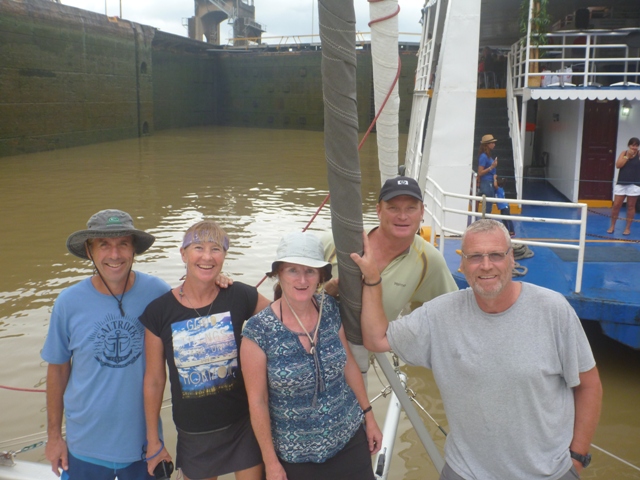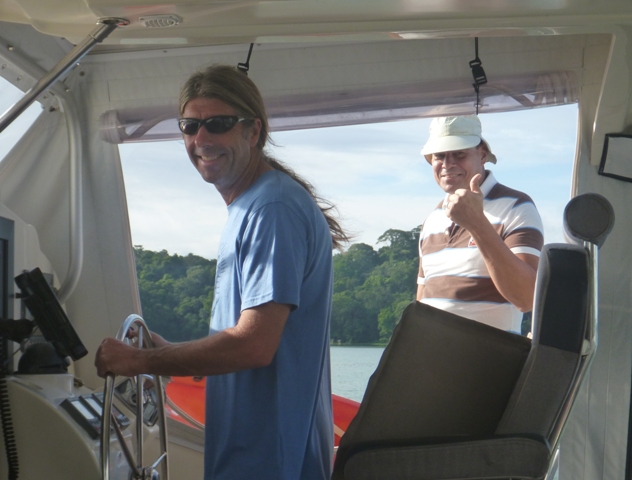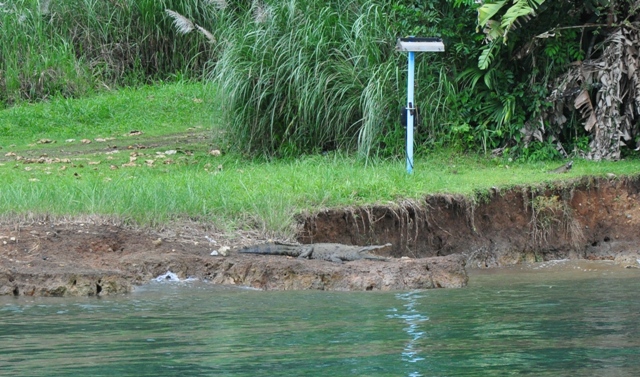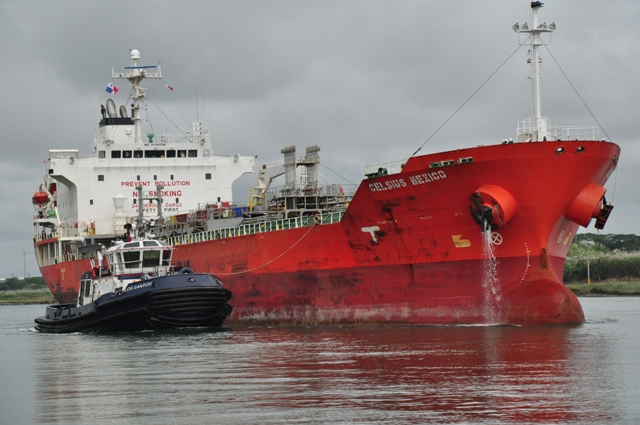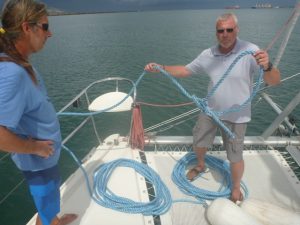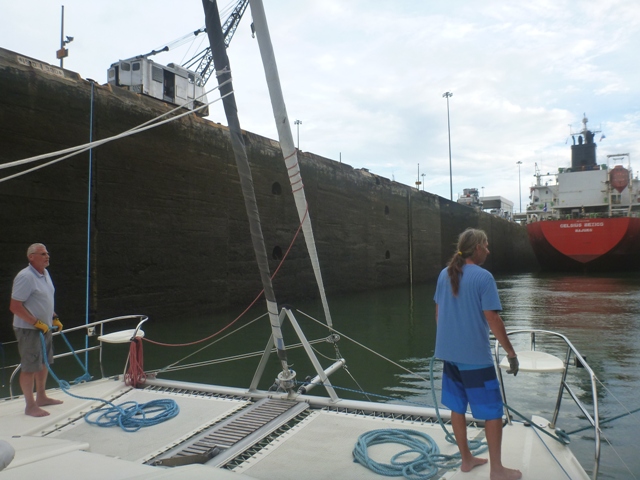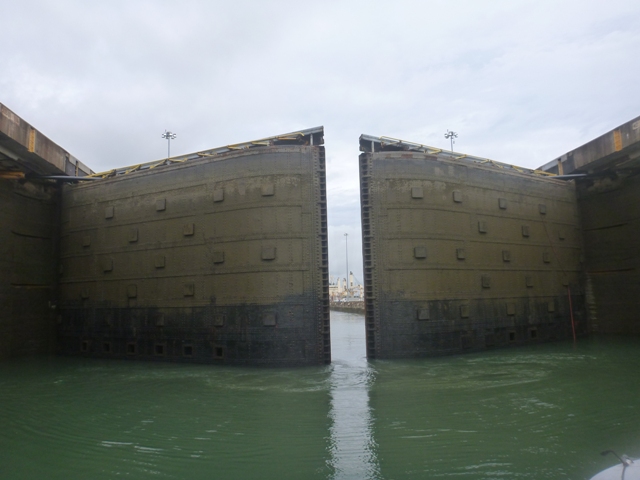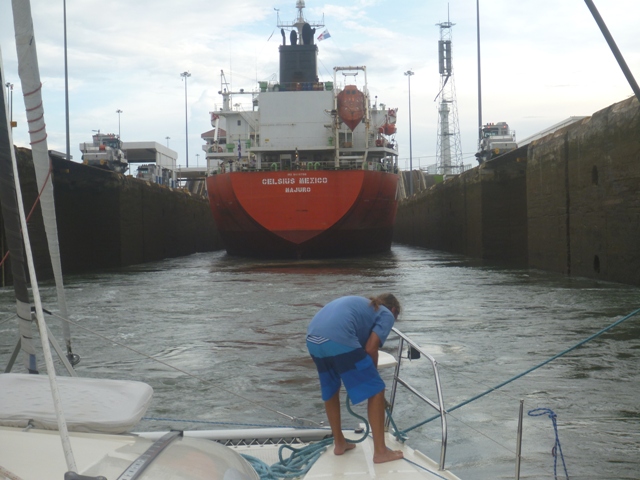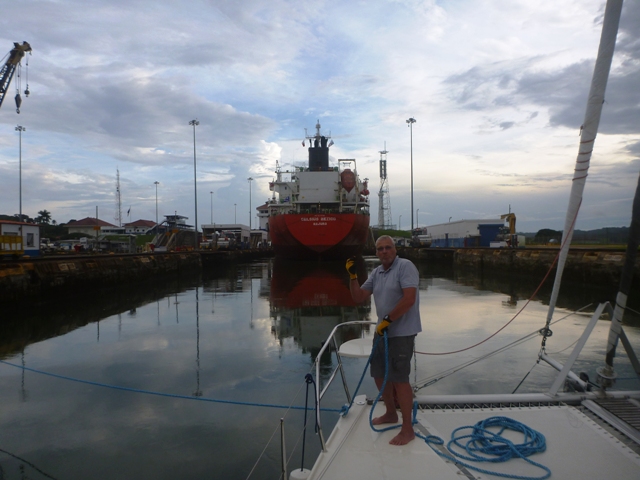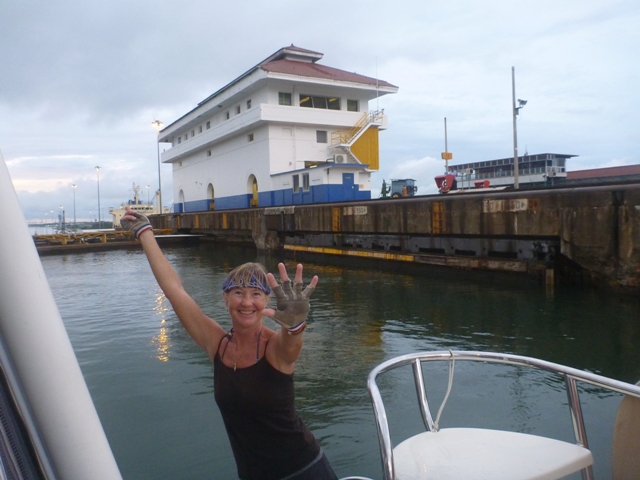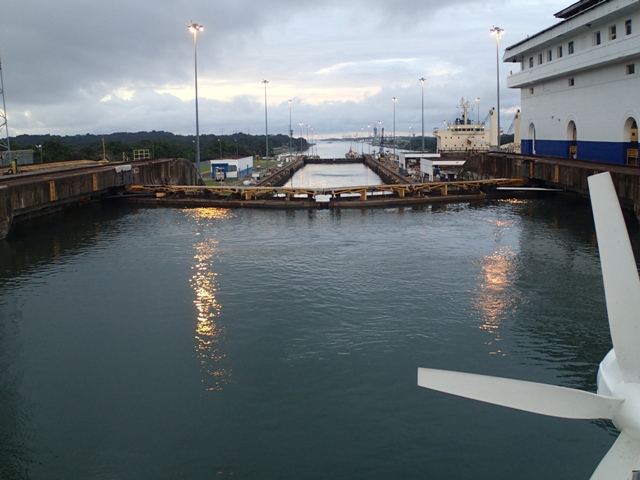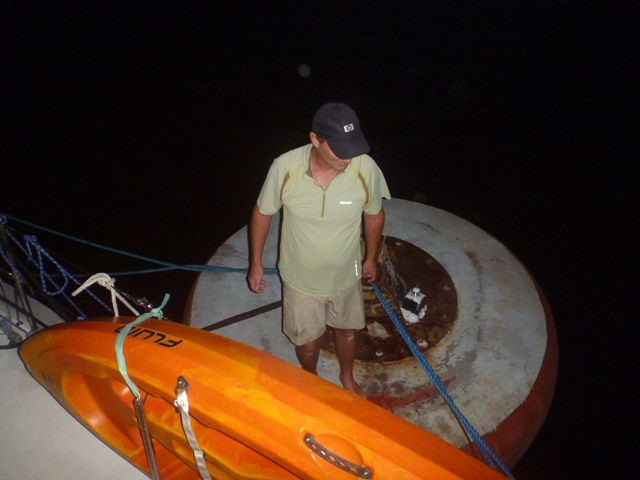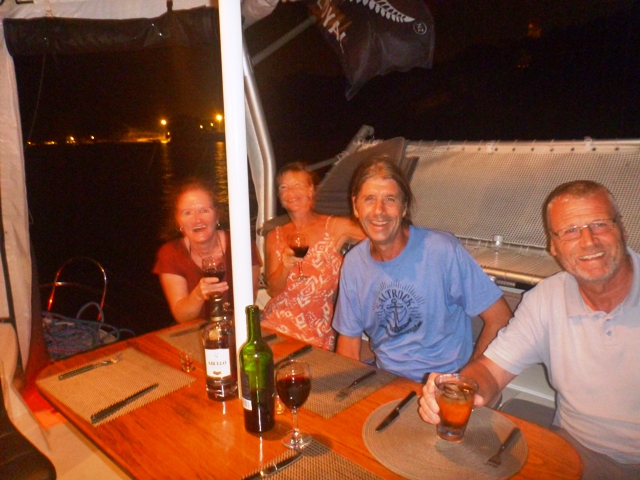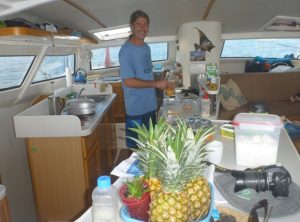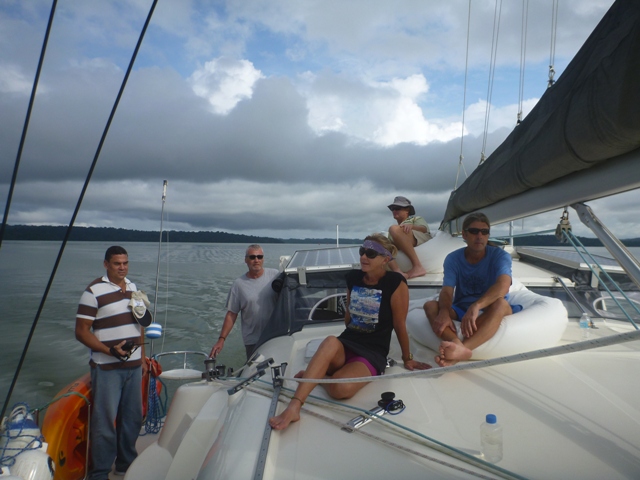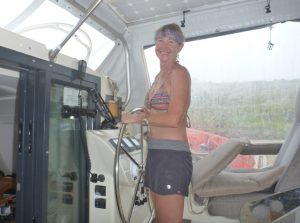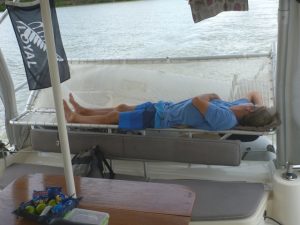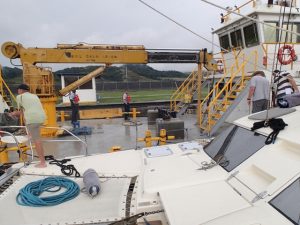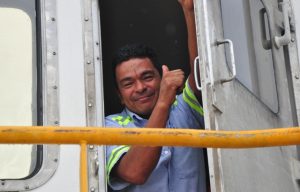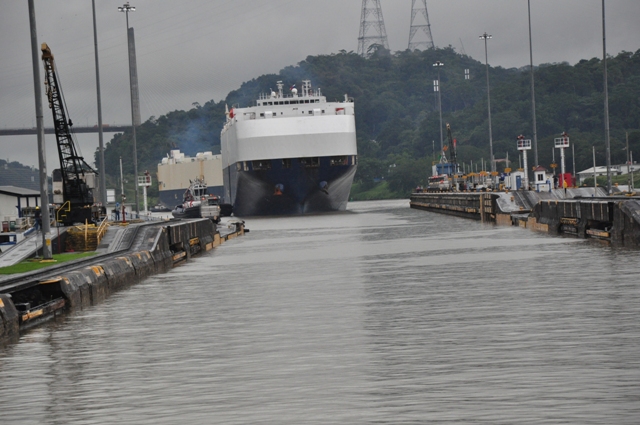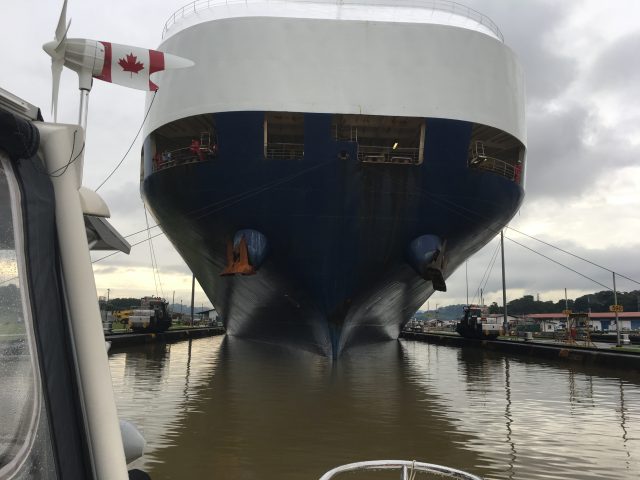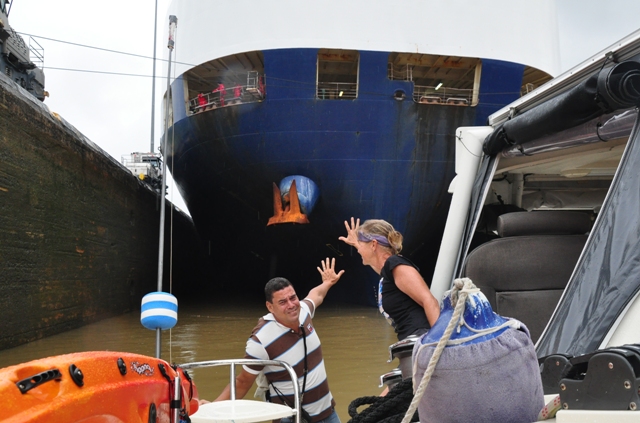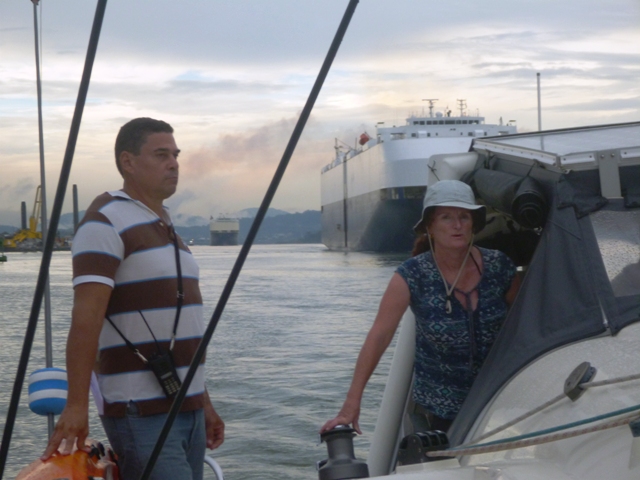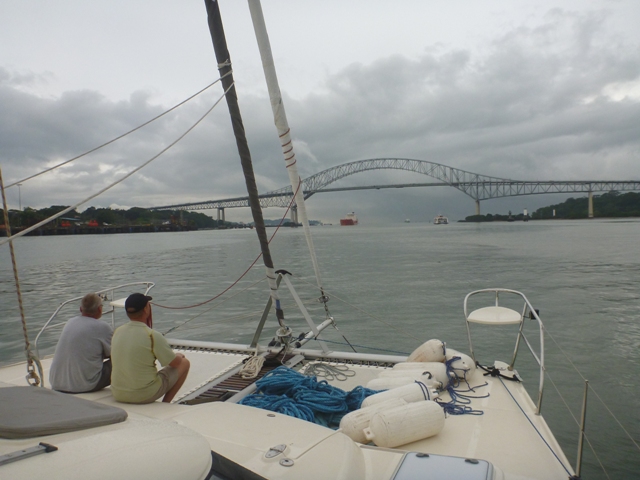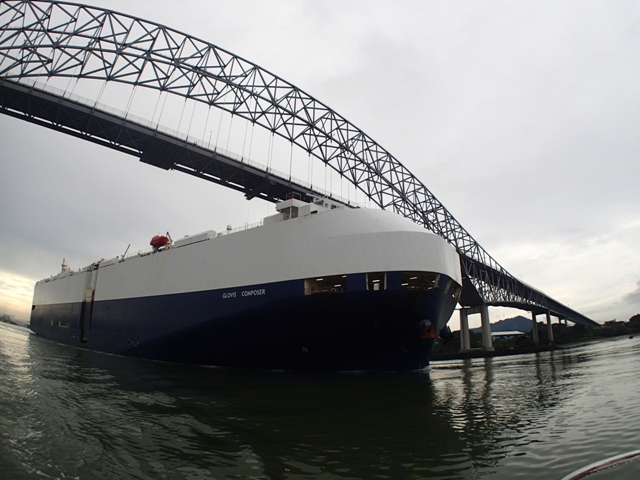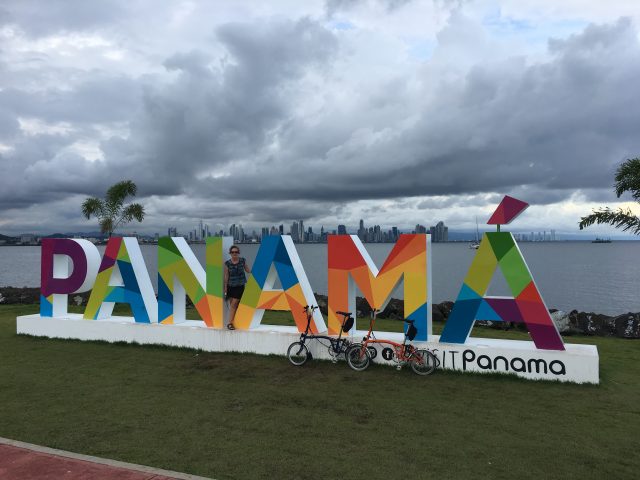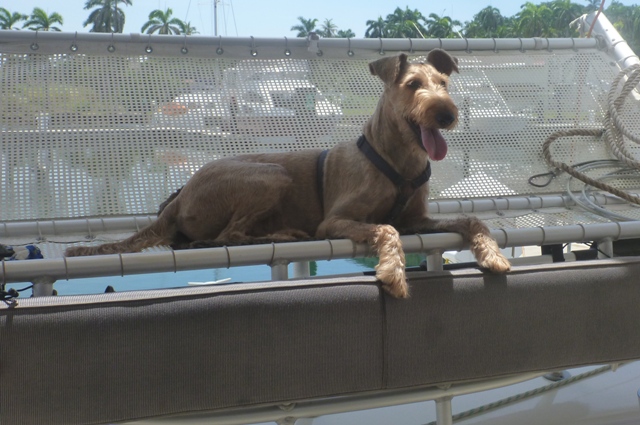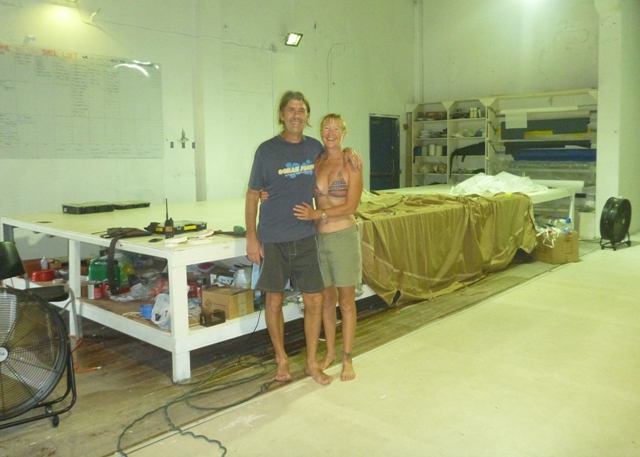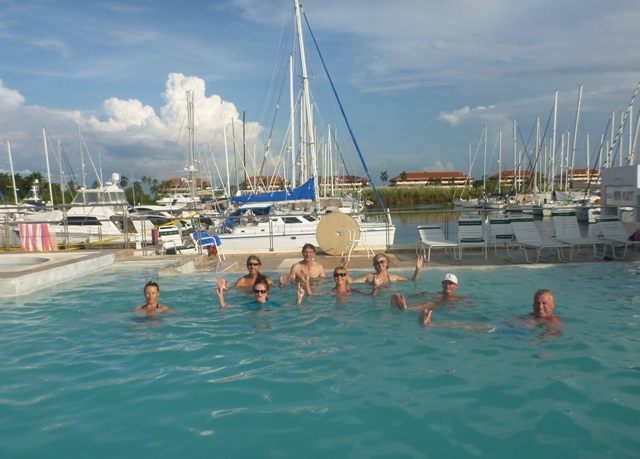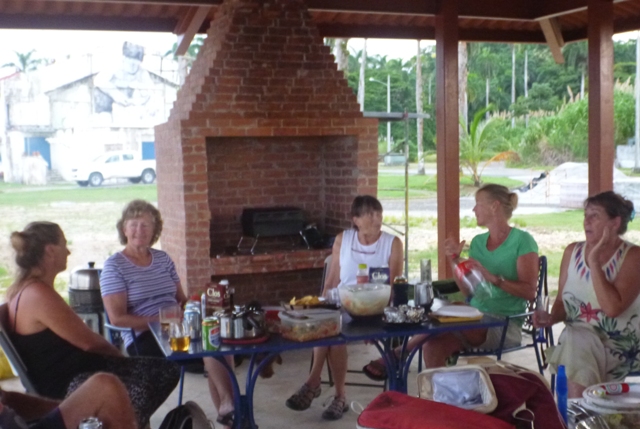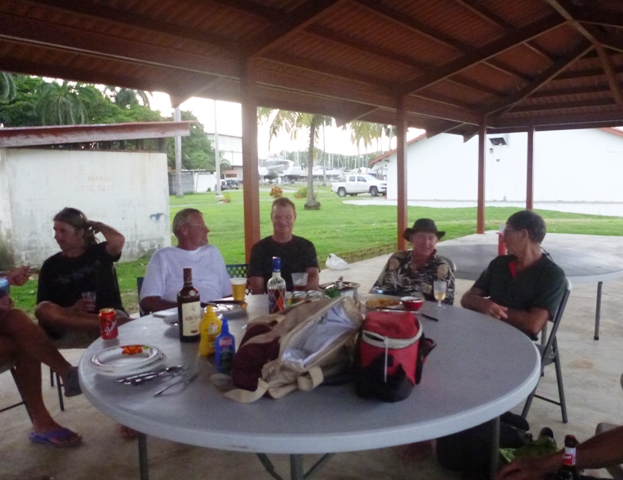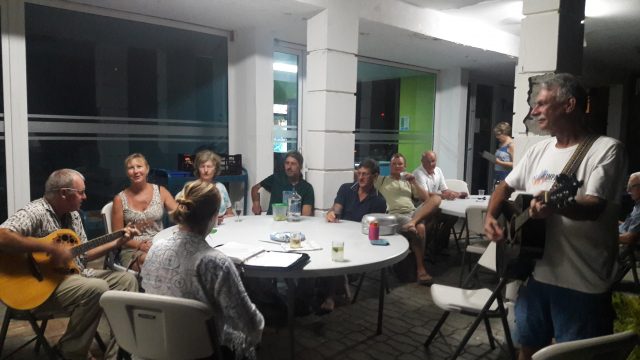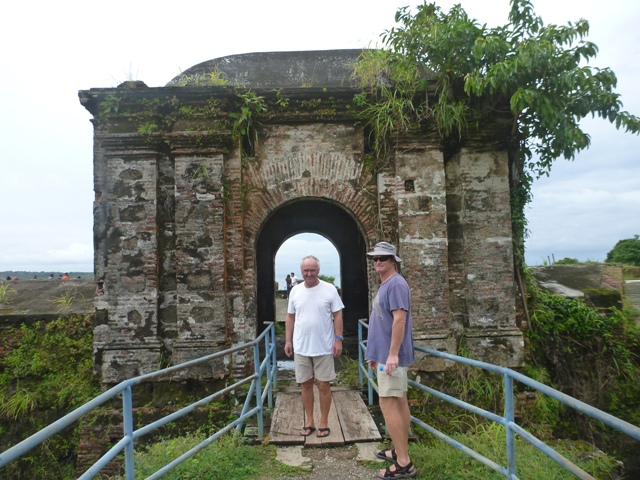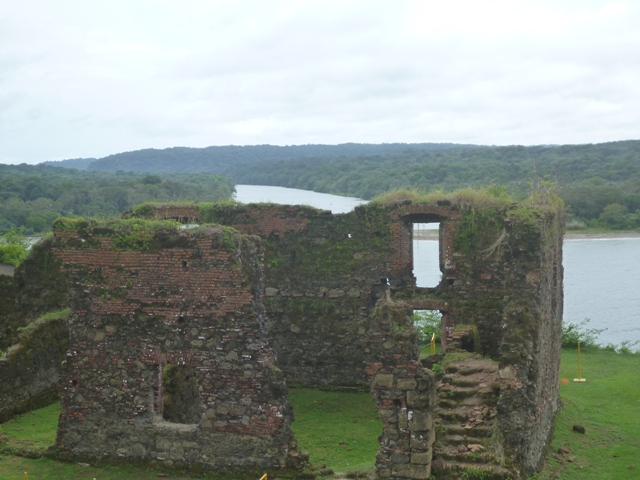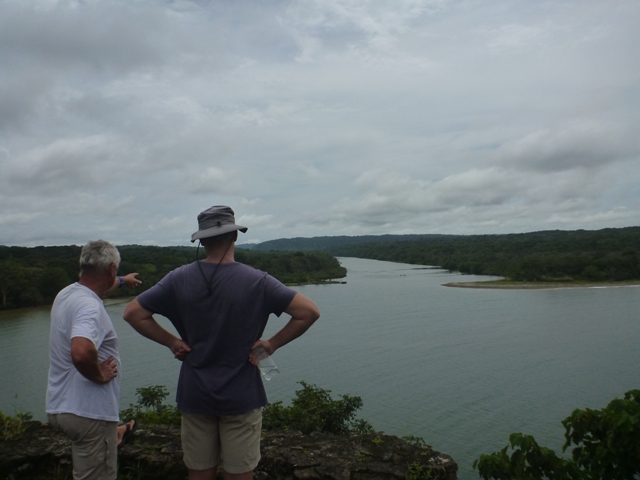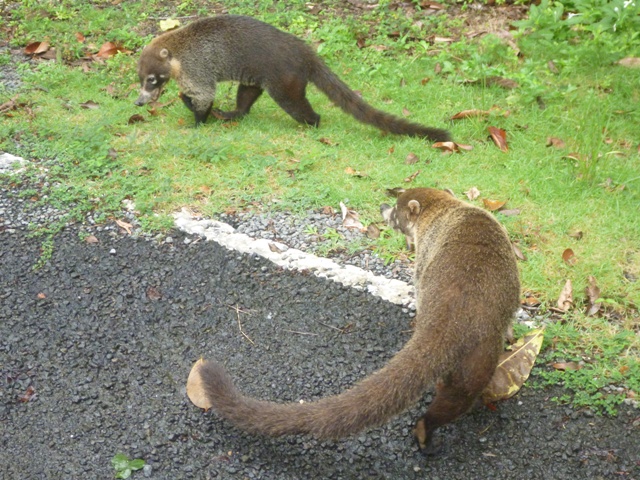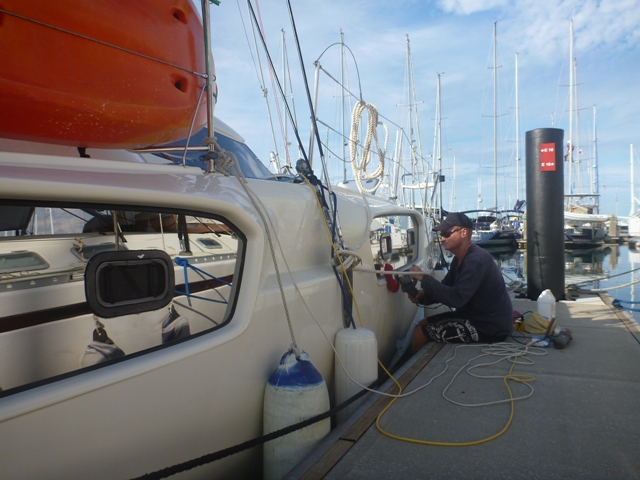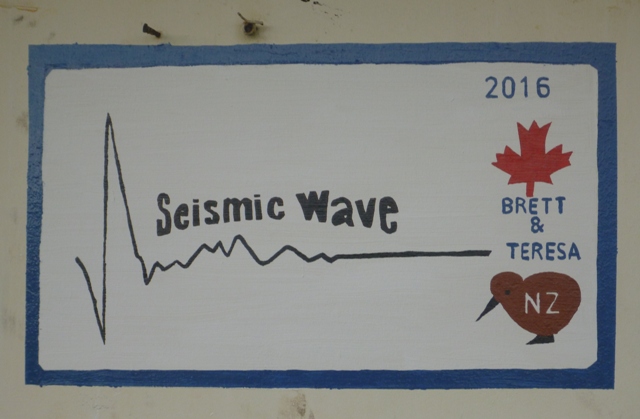We passed through the capital Lima which has 10 million people and is very spread out with major traffic problems and crazy drivers! Pedestrian crossings mean nothing to these people as do traffic lights; they keep going with horns blearing blocking intersections.
Lima is on the Pacific Coast with nice views from the Malacon. There were lots of people out surfing, swimming and sunbathing below us as there were blue skies, something that is not typical of Lima. Nice for us though😉.
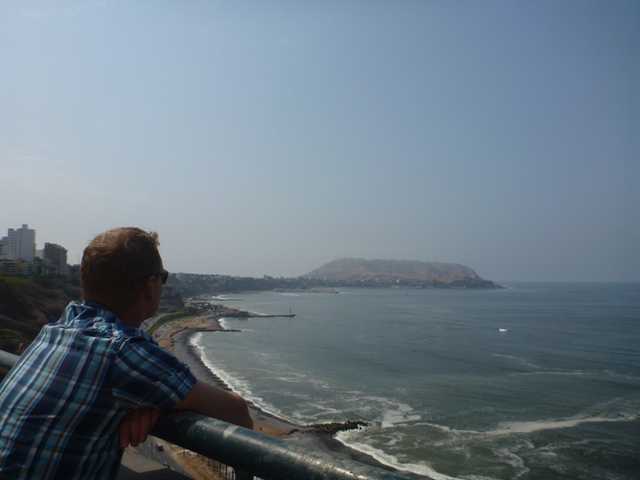 A city tour took us to see the old Colonial Centre of Lima and some of the historic parks and neighborhoods around Lima.
A city tour took us to see the old Colonial Centre of Lima and some of the historic parks and neighborhoods around Lima.
Plaza de Armas was once the Colonial centre of Lima, founded in 1535 and then rebuilt in 1746 after a major earthquake. The cobblestone streets and architecture are very grand.
At the Monument of José de San Martin, a national hero who lead the revolution against Spanish rule, there were protestors & police, which is apparently a common site every day. There seemed to be a lot of people everywhere we went in Lima to be honest.
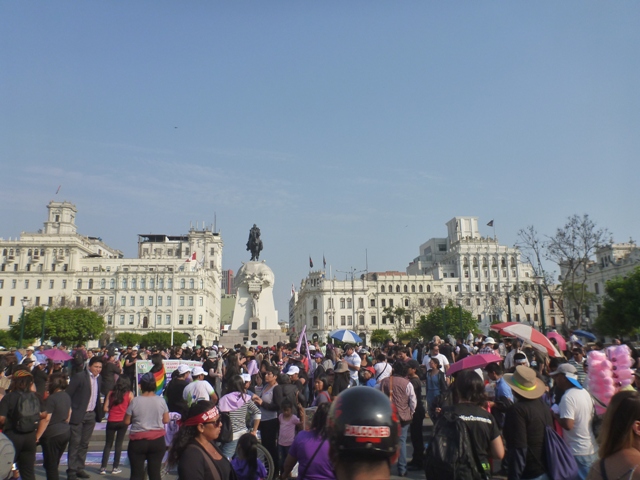 Our final stop was the San Francisco Church and monastery where we went underground to the dusty catacombs to see the bone filled crypts with skulls and femurs, of only the rich and middle class, displayed in all sorts of designs.
Our final stop was the San Francisco Church and monastery where we went underground to the dusty catacombs to see the bone filled crypts with skulls and femurs, of only the rich and middle class, displayed in all sorts of designs.
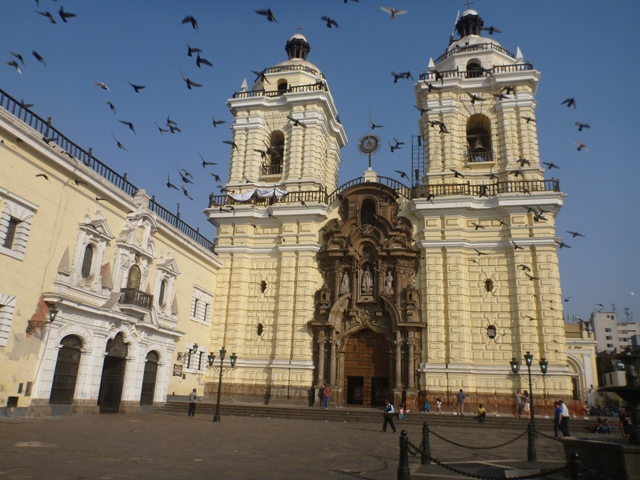
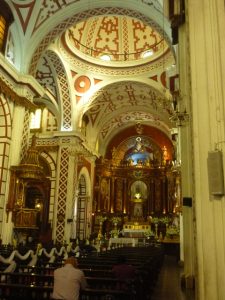
It was then on to Arequipa, which lies on the edge of the Altiplano or Andes slopes, 2380m above sea level and is surrounded by the volcanoes Misti, Pikchu Pikchu and Chachani.
Arequipa is known as “La Ciudad Blanca” (White City), because many of its buildings are made of sillar, a white local volcanic stone.
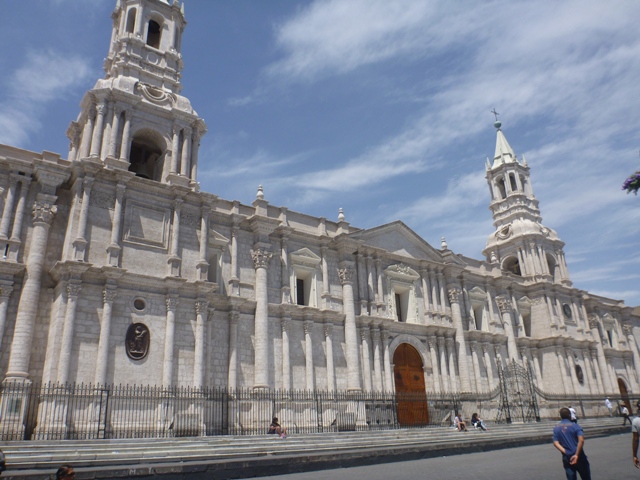
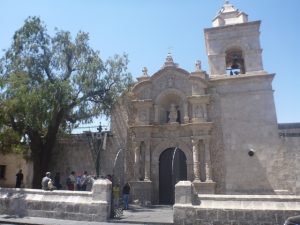
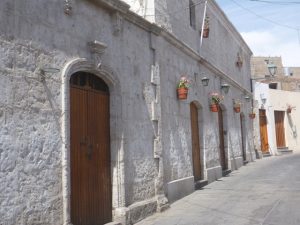
We arrived on a Sunday and decided to go down to the main Plaza to see the Arequipa Cathedral, one of the biggest in South America. Wow lots of people, they were there to set a Guinness World Record for rocoto relleno (hot peppers stuffed with meat, rice and vegetables) a traditional Arequipan food. Sunday is a family day so it was nice to sit and watch them enjoying the event and the day.
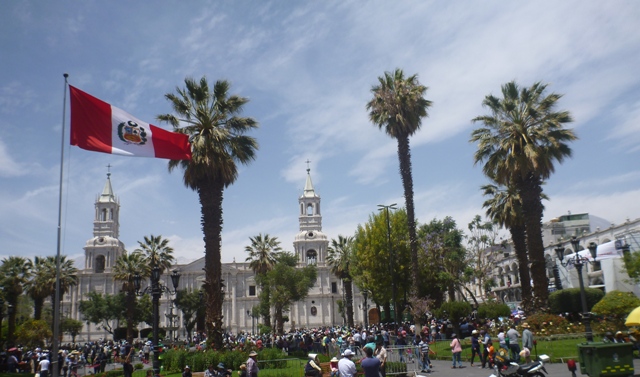
We loved the cowboy hat on this Police women who was directing the traffic around the plaza.
In Peru people are conscience of the sun and typically wear sun hats.
The Santa Catalina Monastery is considered the most impressive colonial building in the City, founded in 1579. The 2nd female child of a wealthy family was sent to the convent at about the age of 14 to study under a nun for 4 years upon which she would determine if she would continue on to become a nun. It was 20,000m2 and was like a city within the city. There were approx 200 nuns with their ‘personal assistants” living here through to the 1900’s. Sounded like they lead an interesting life partying for many years. Now, there are 20 nuns who live in a sectioned off area of the Monastary with most of the monastery being used for tourism.
At the ”Momia Juanita” museum we saw the Inca Ice Maiden found in 1995 at 6380m and is well preserved with hair, skin and teeth. It is believed that an Inca girl was killed as an offering to the Inca gods sometime between 1450 and 1480, at approximately 11-15 years old. To date 18 Inca bodies have been found since Juanita in 1995.

Arequipa was a great town to just wander around and see the architecture.
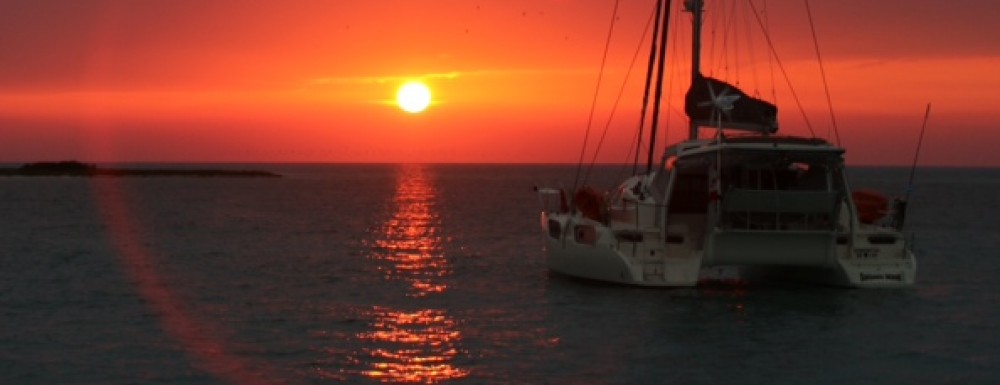
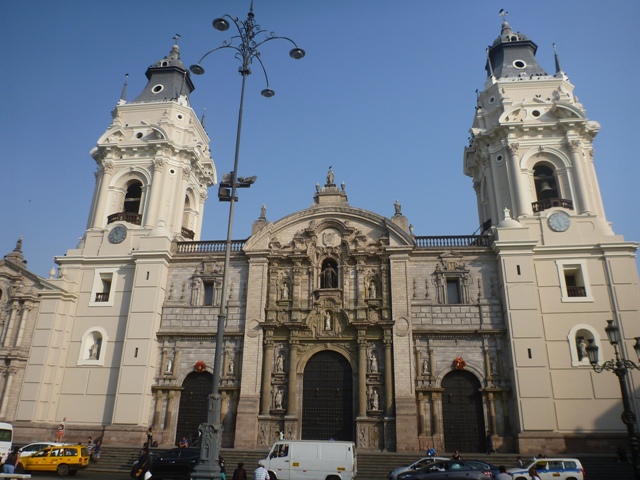
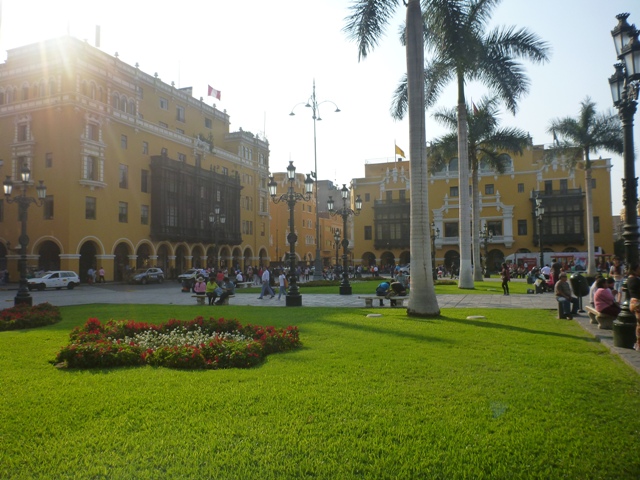
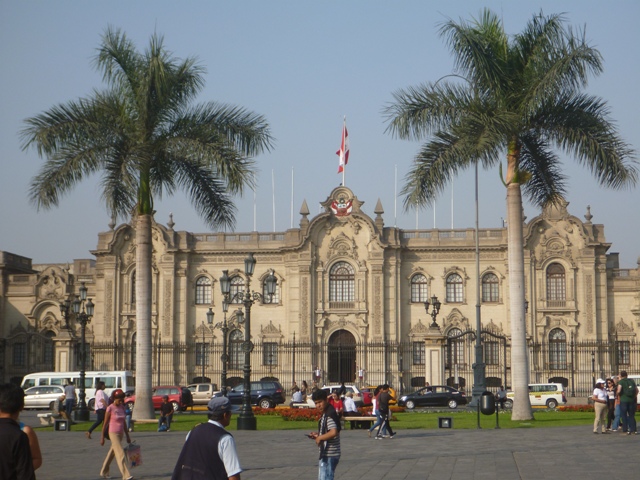
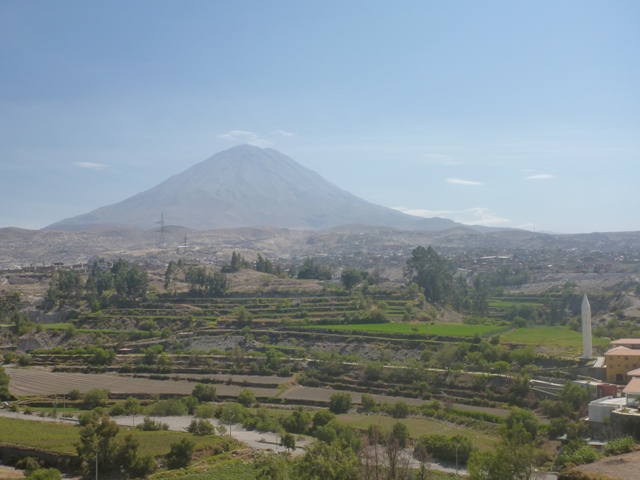
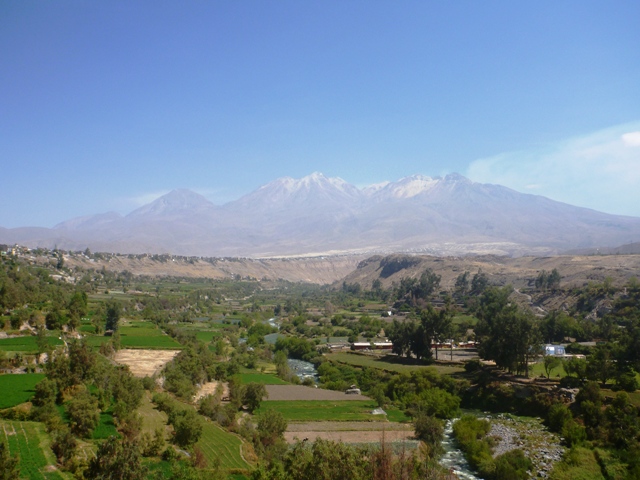

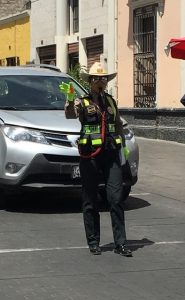
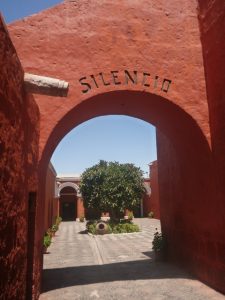
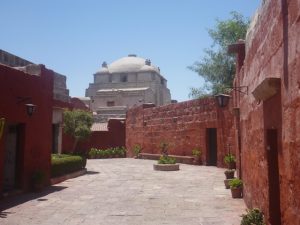
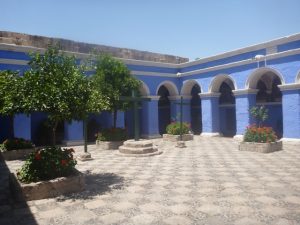


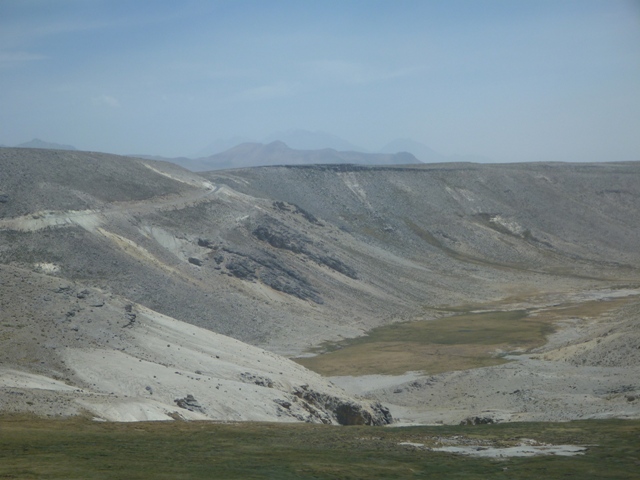
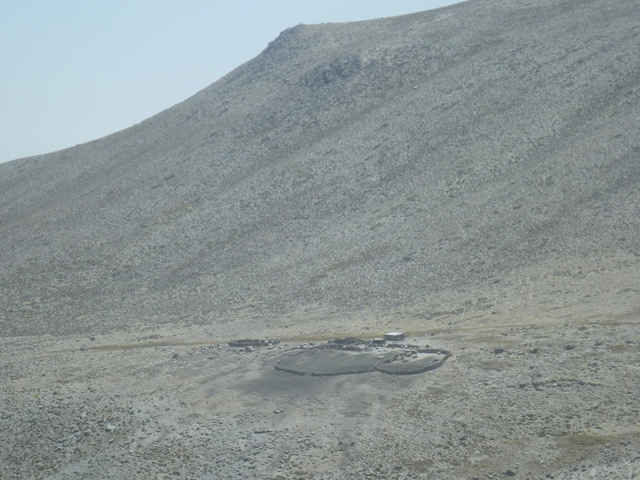
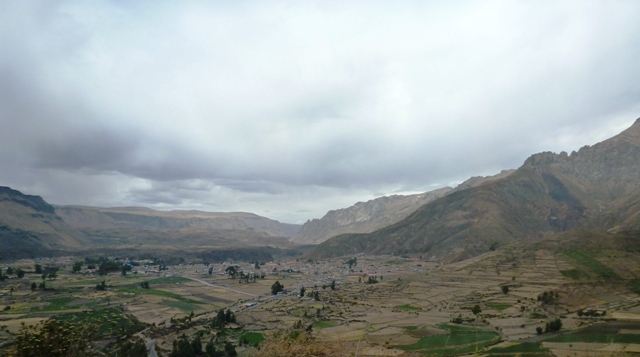

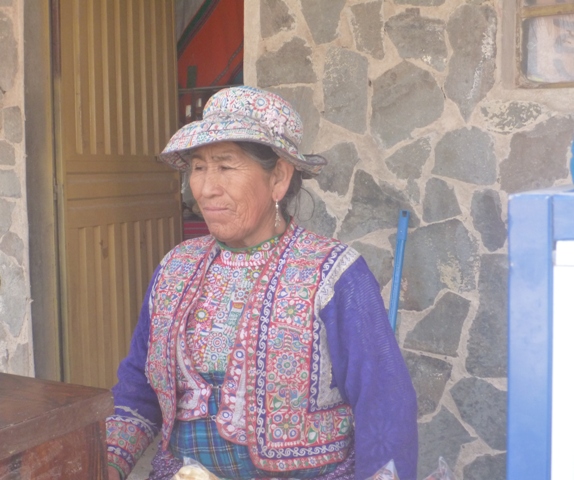

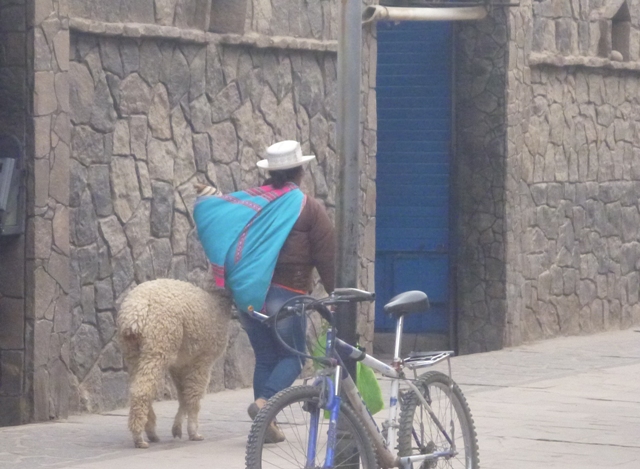
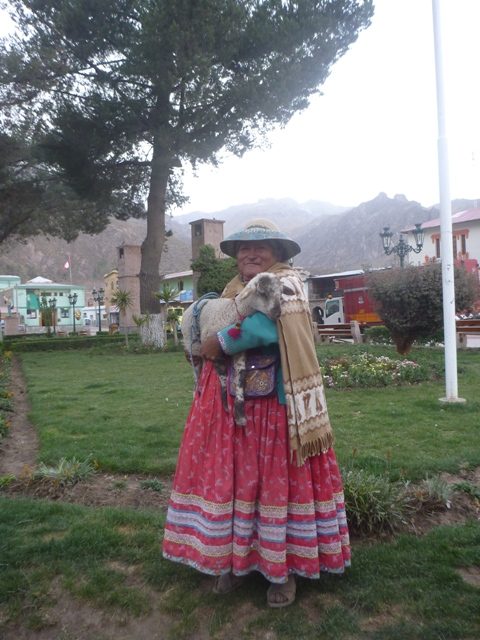
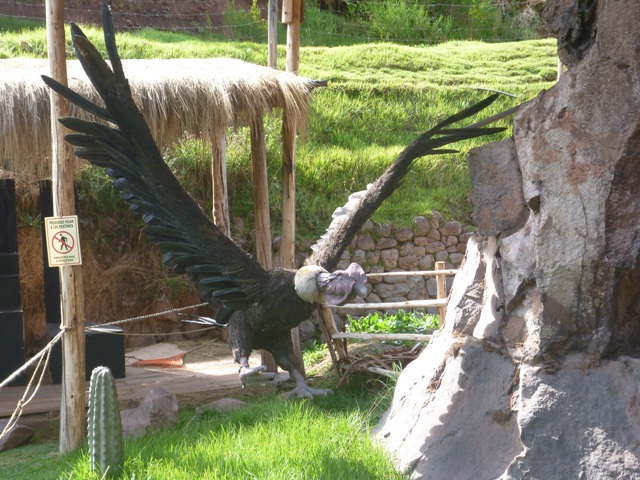



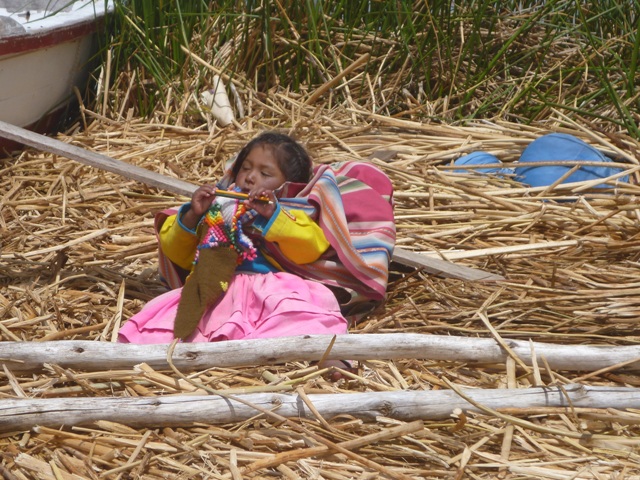
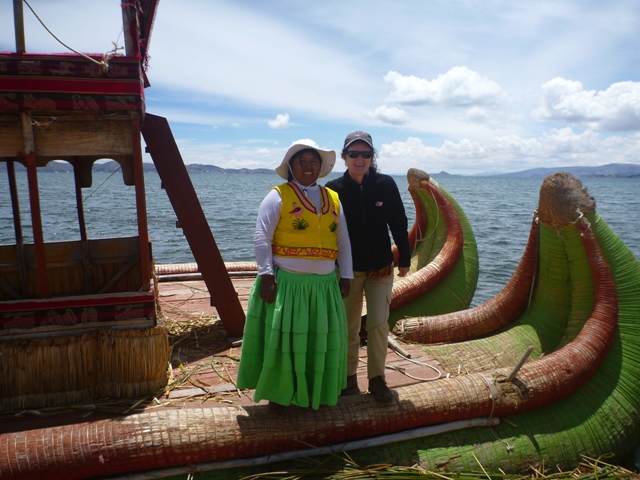
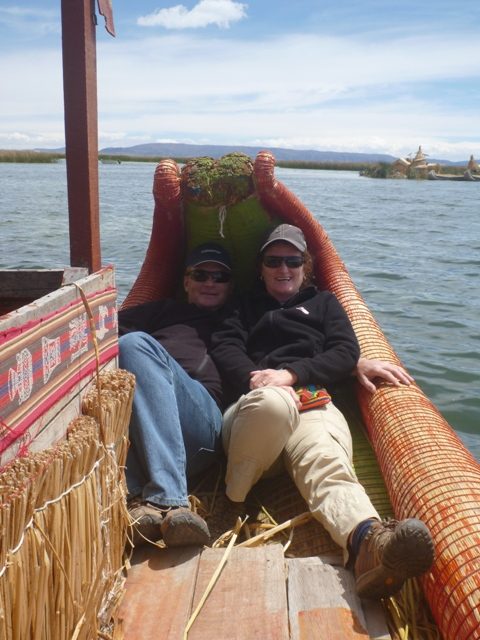
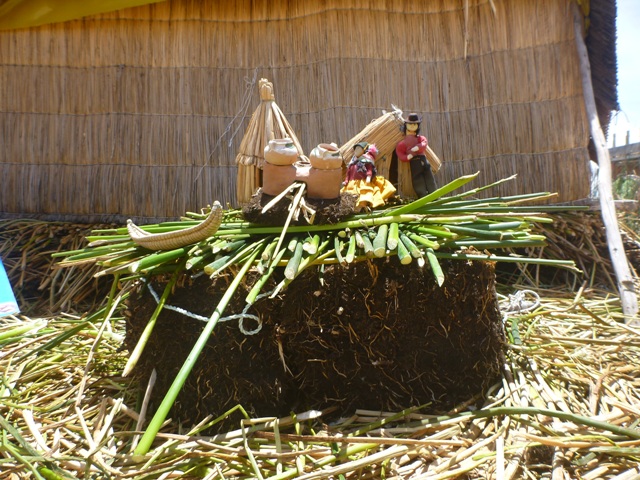
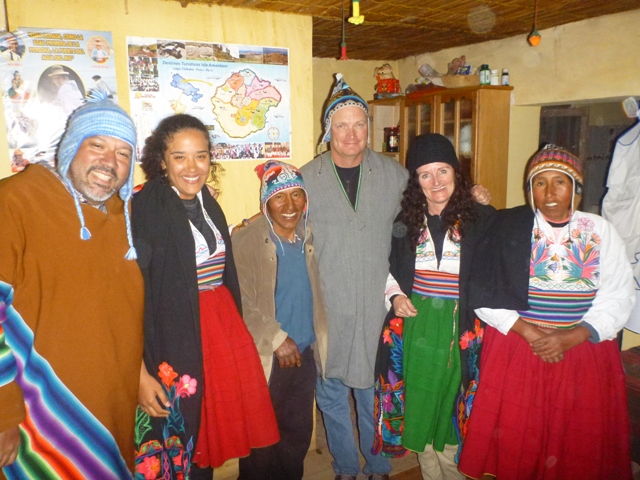 This was a rewarding experience seeing how these people live. Most people speak Quechua but luckily our family spoke Spanish as well and with the other couple that stayed here we could communicate. There are actually 10 communities scattered around the island (4000 people) who rotate taking groups of tourists in to help their community. The house where we stayed was very clean and quite big but had no electricity so it was back to the basics.
This was a rewarding experience seeing how these people live. Most people speak Quechua but luckily our family spoke Spanish as well and with the other couple that stayed here we could communicate. There are actually 10 communities scattered around the island (4000 people) who rotate taking groups of tourists in to help their community. The house where we stayed was very clean and quite big but had no electricity so it was back to the basics.